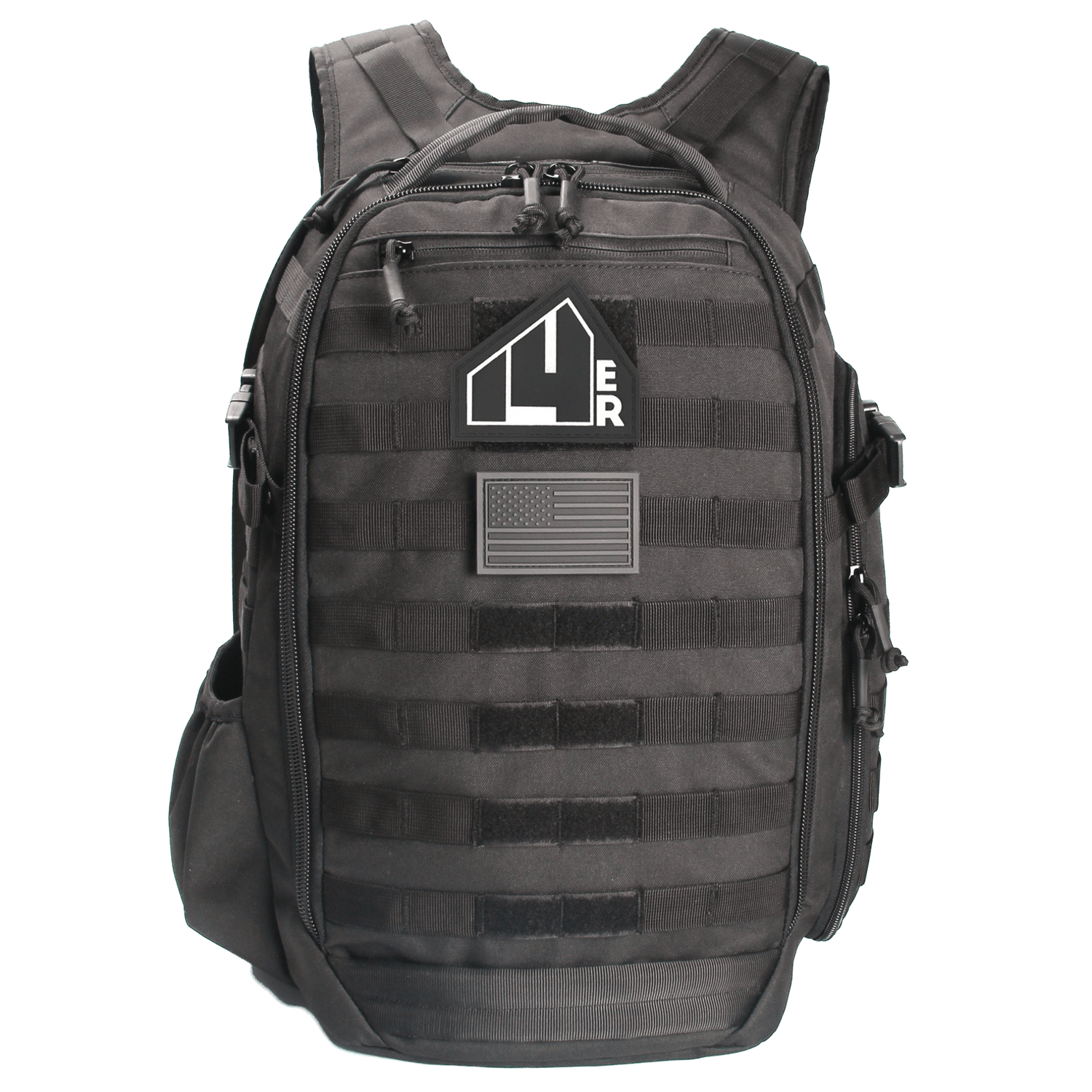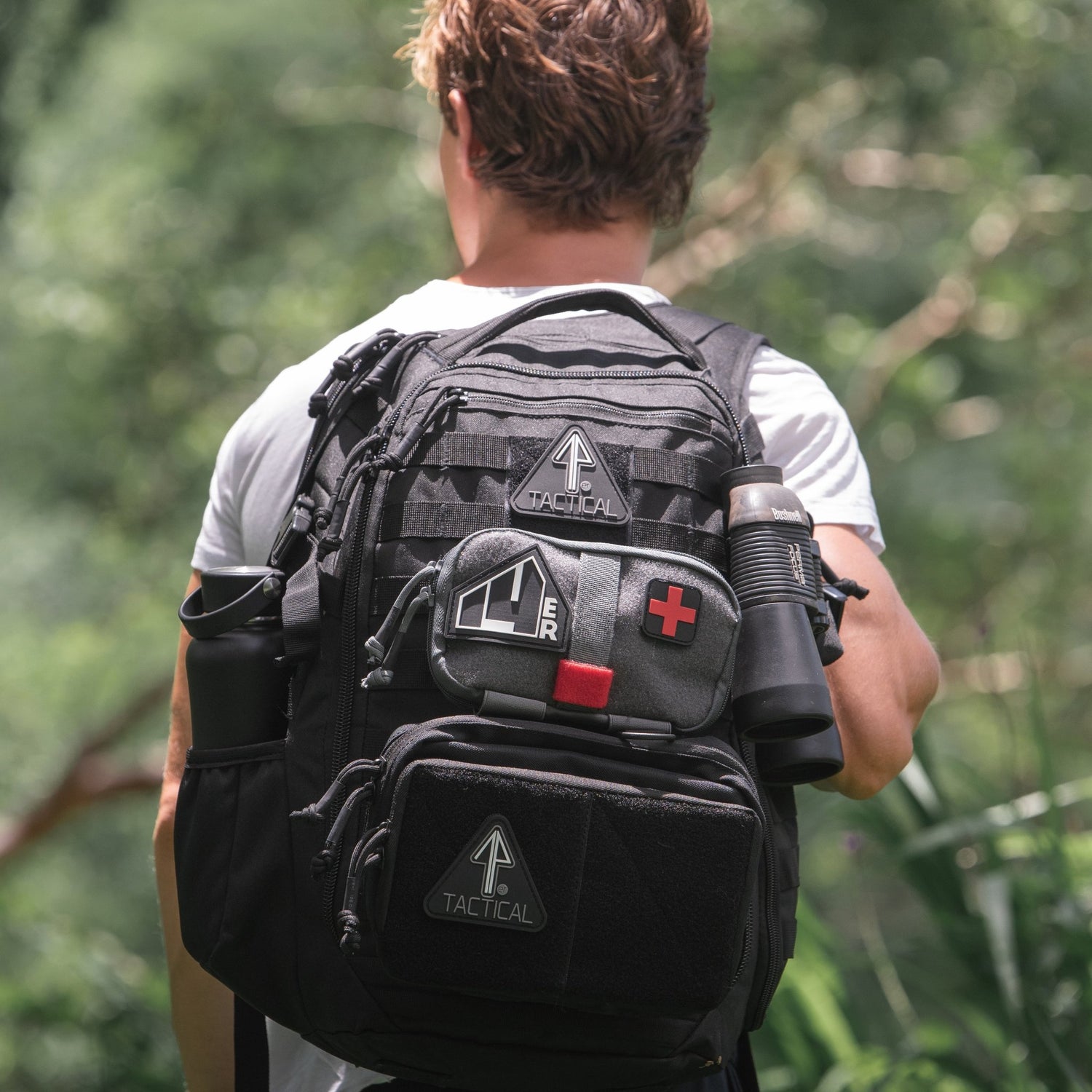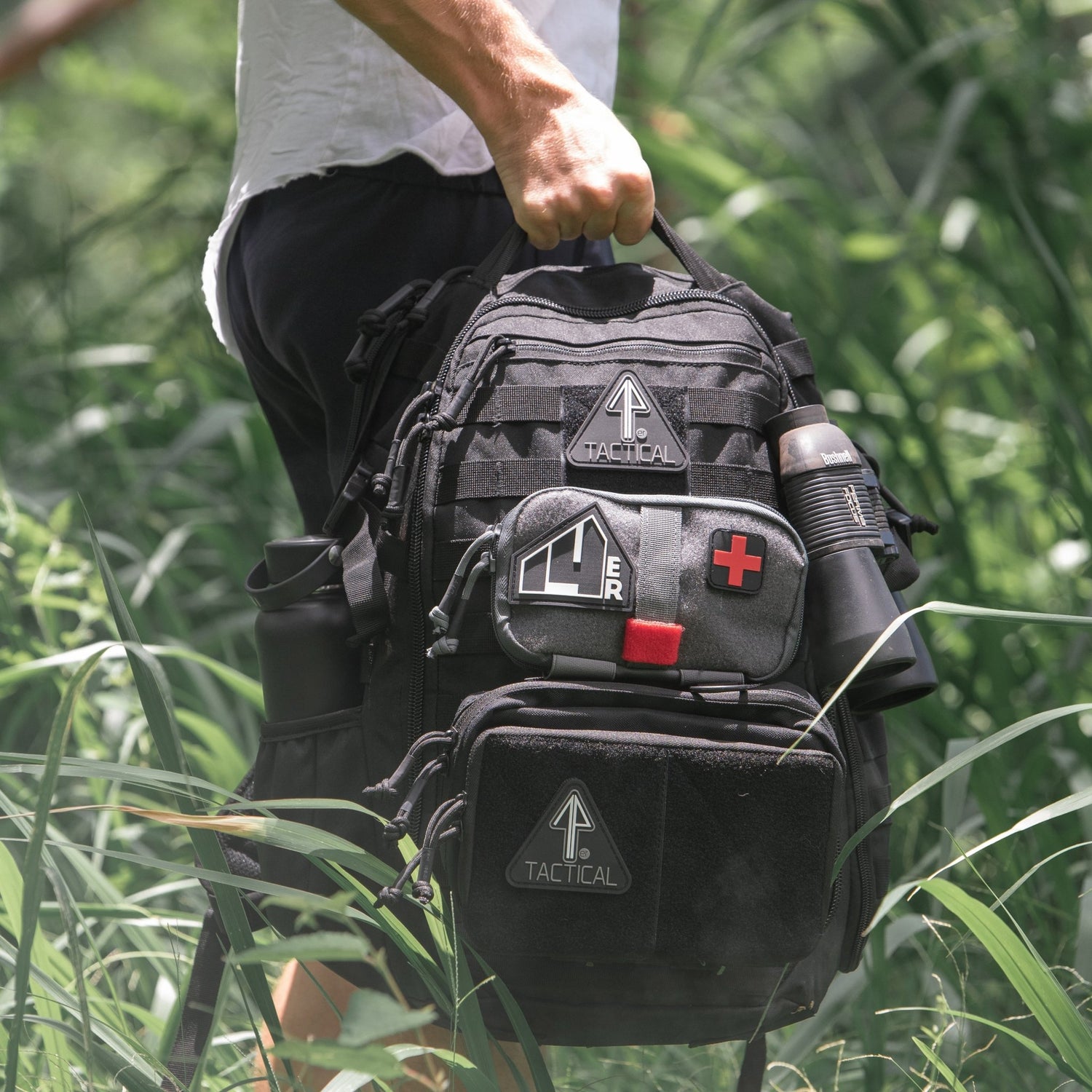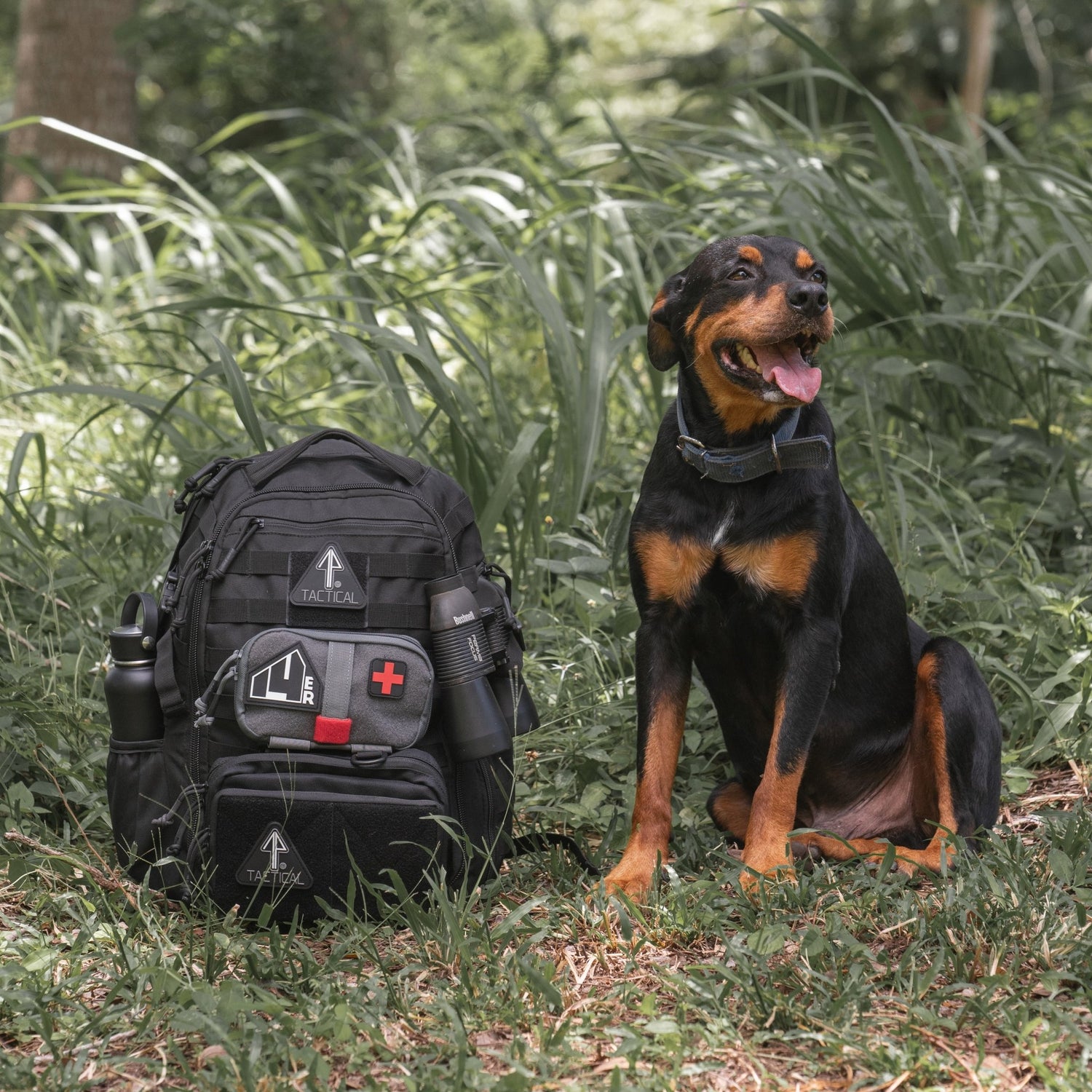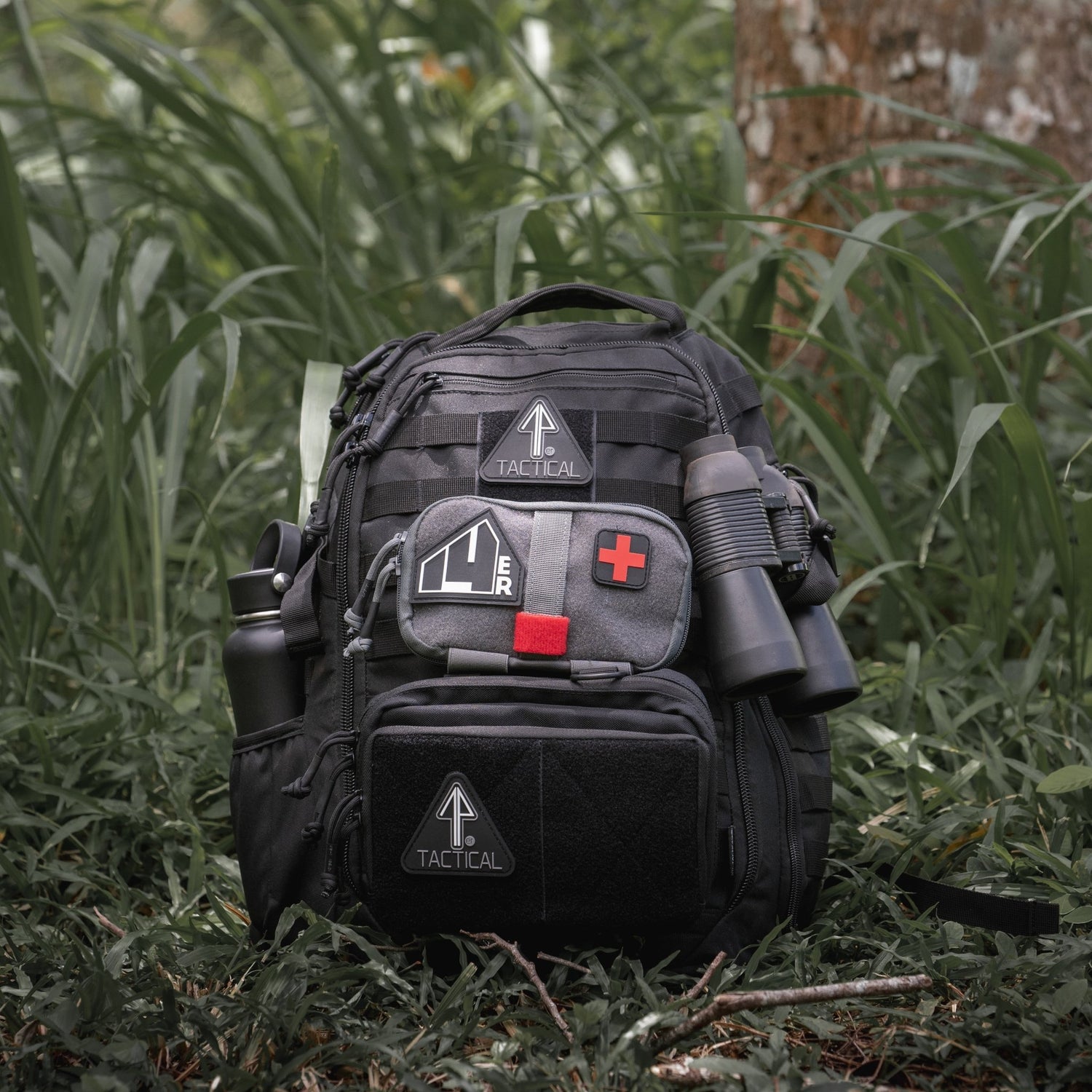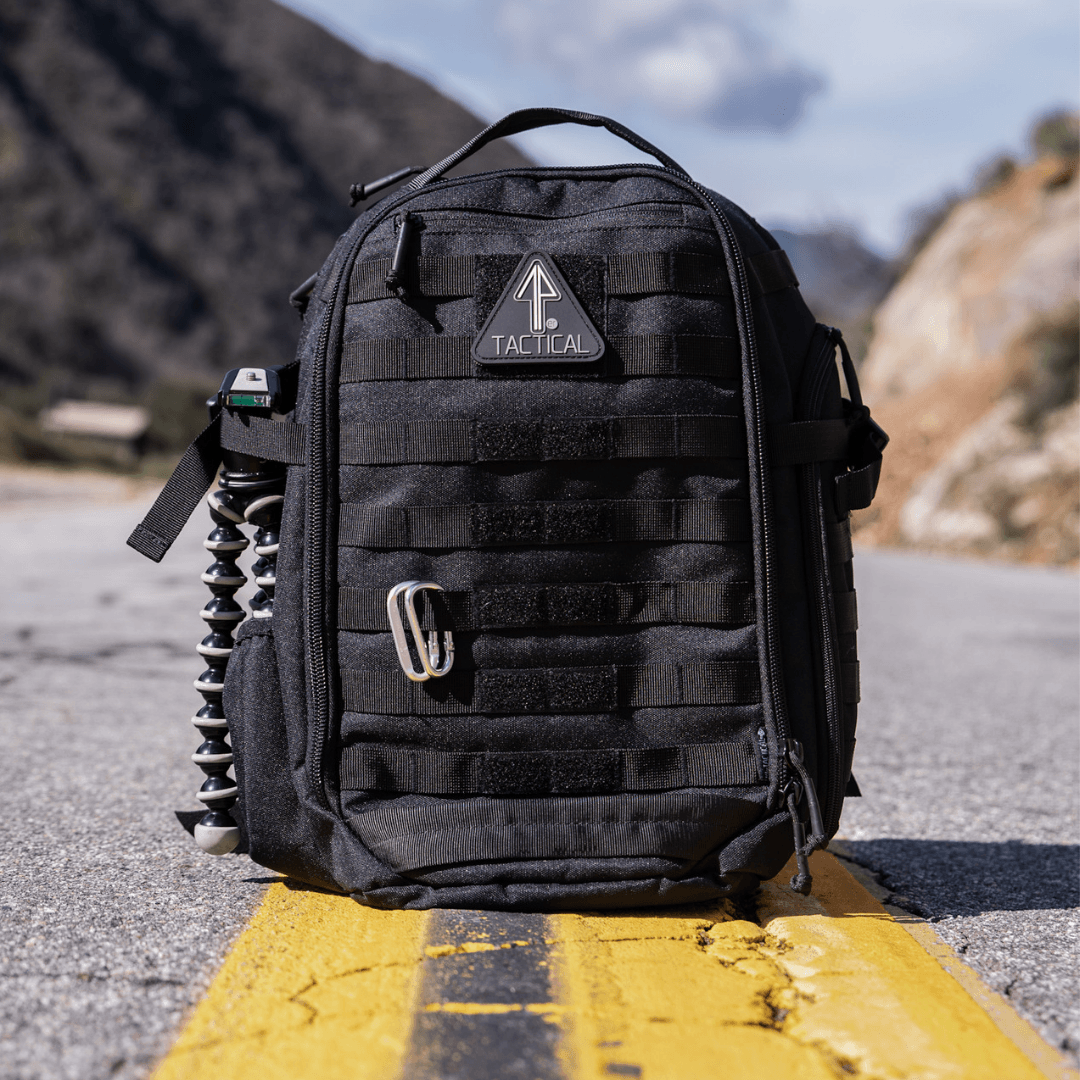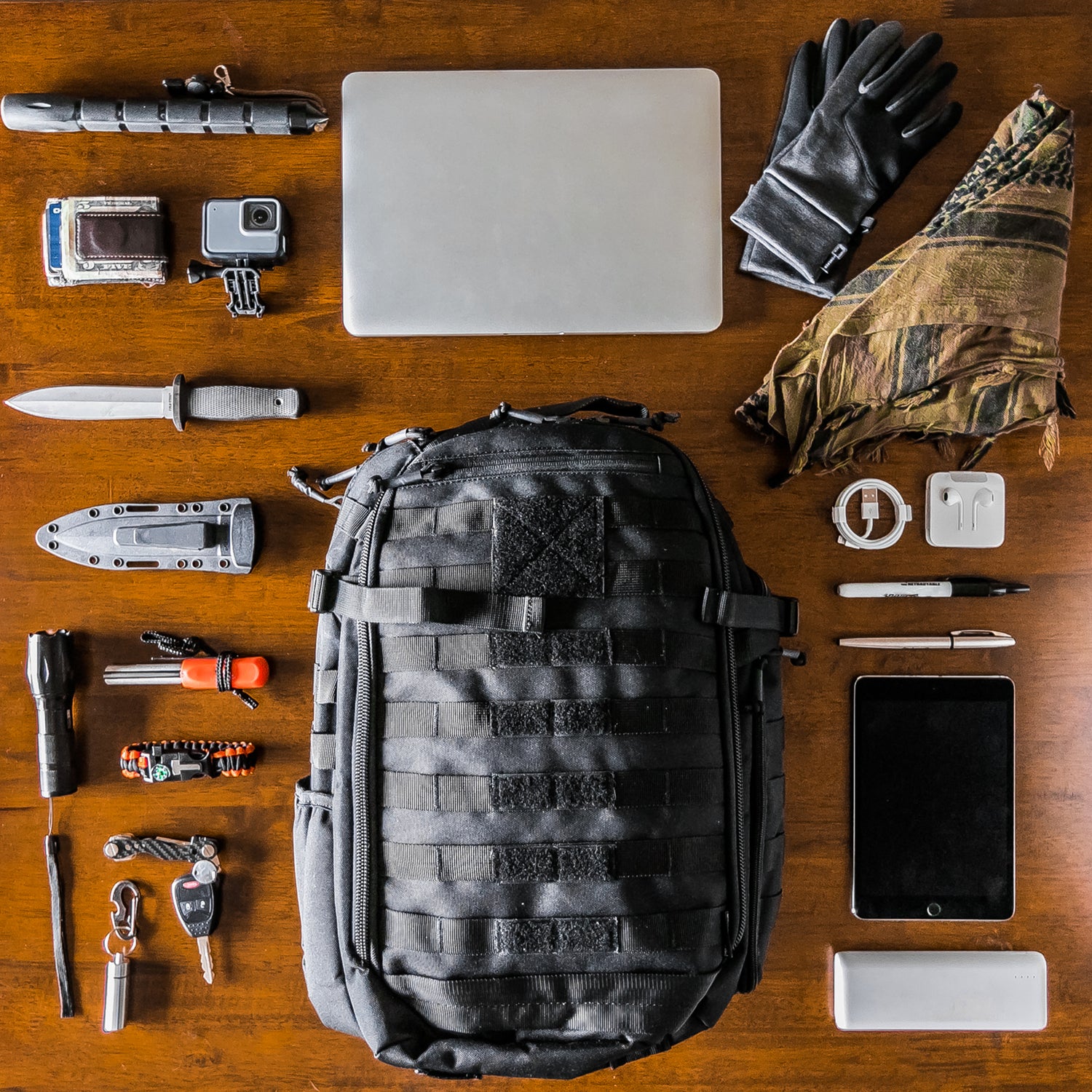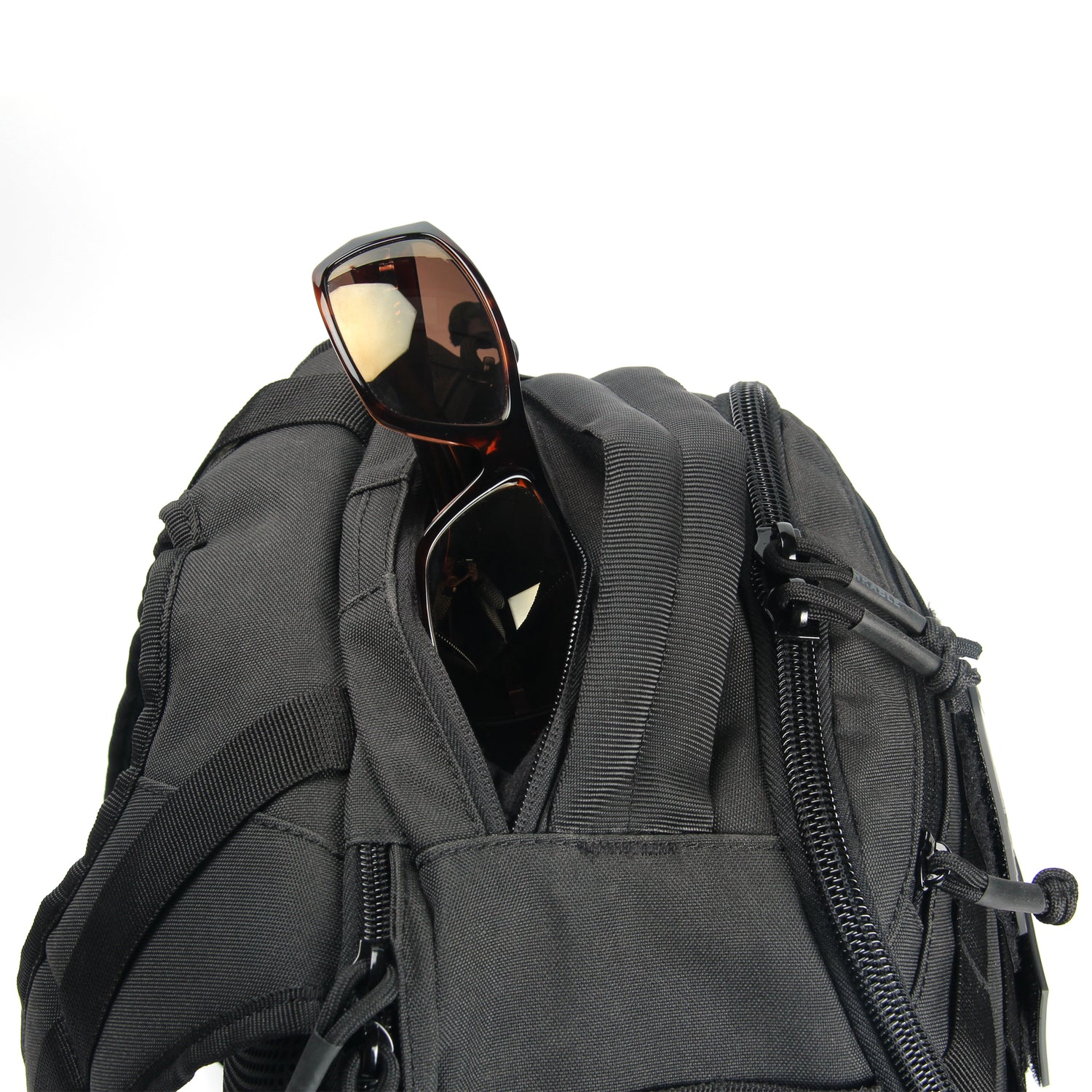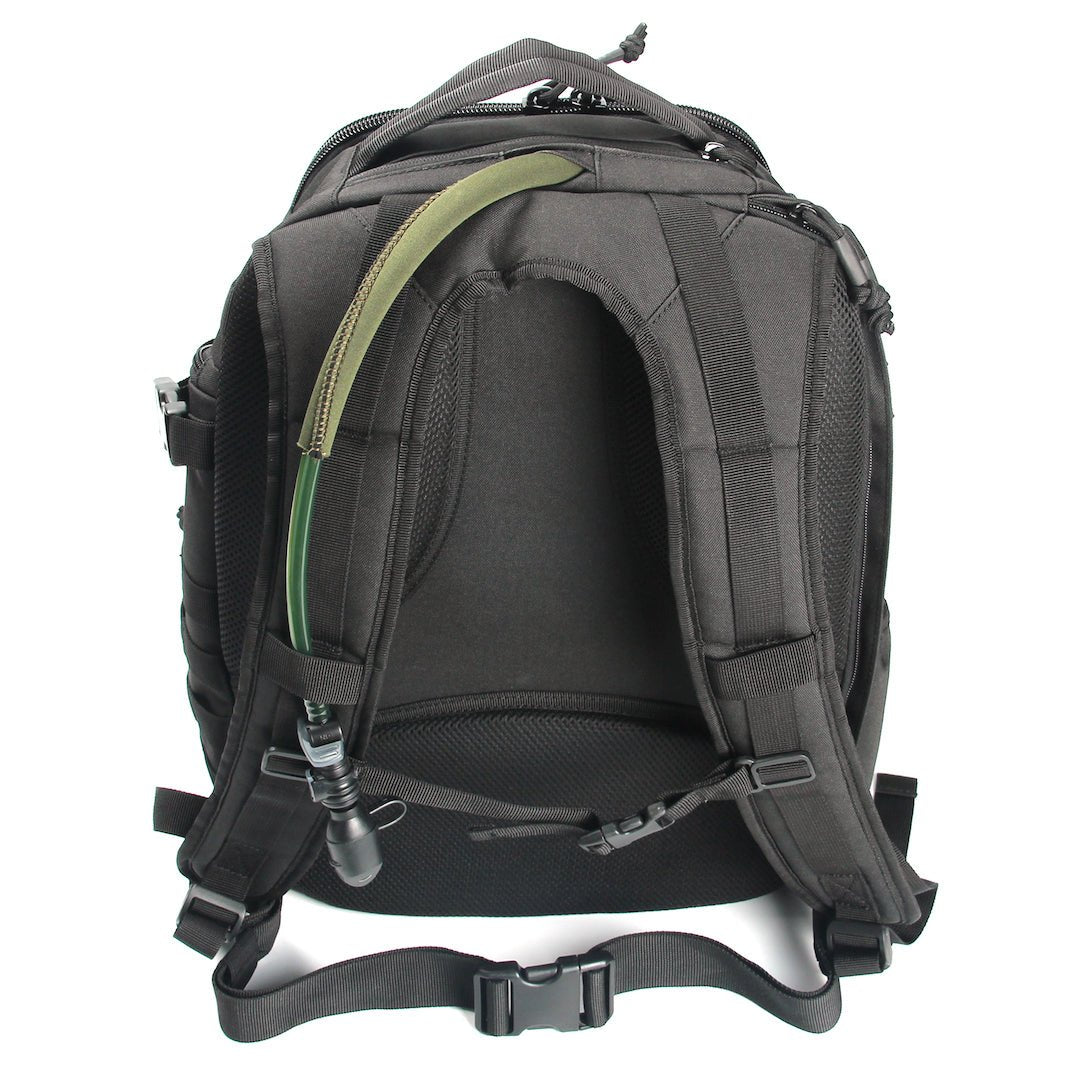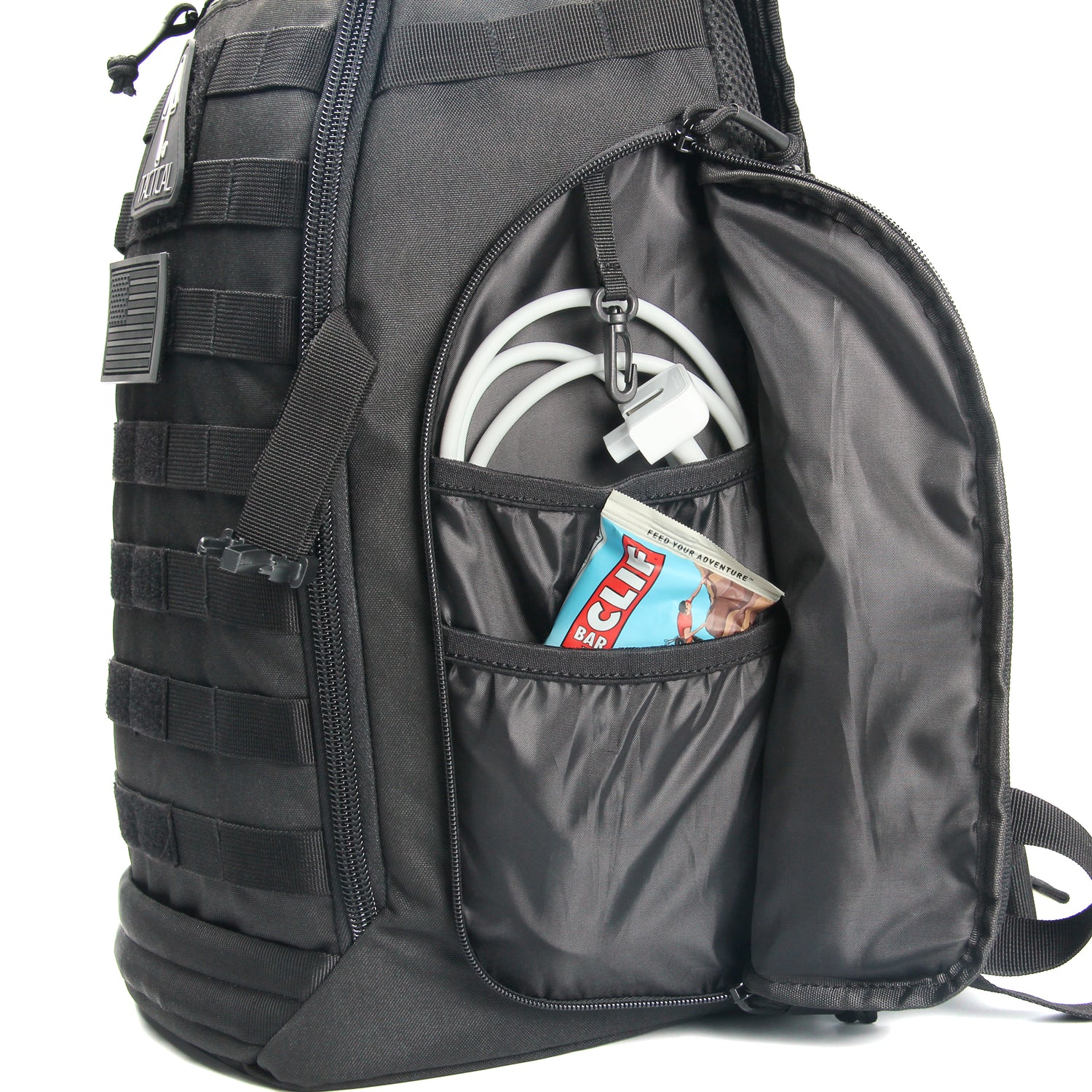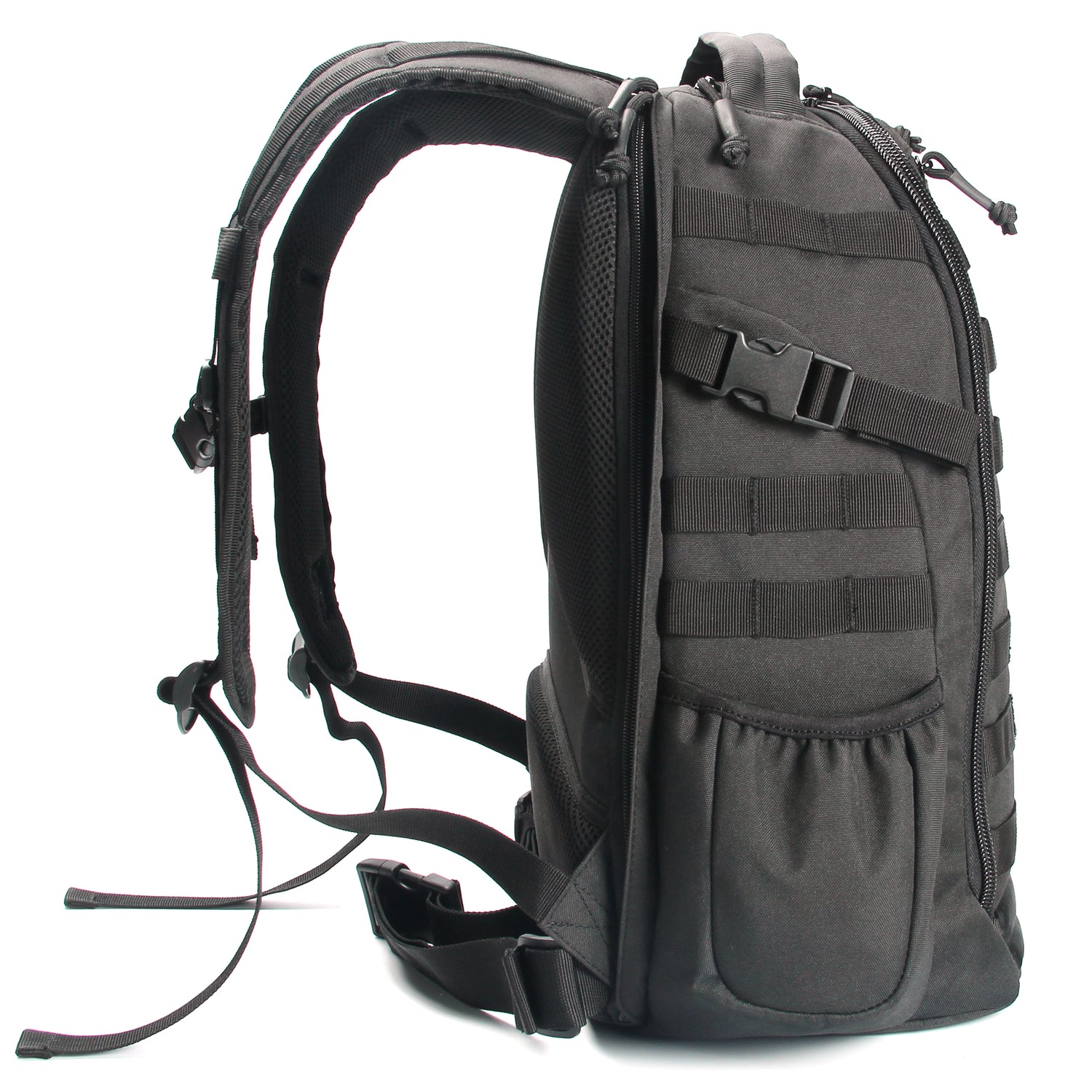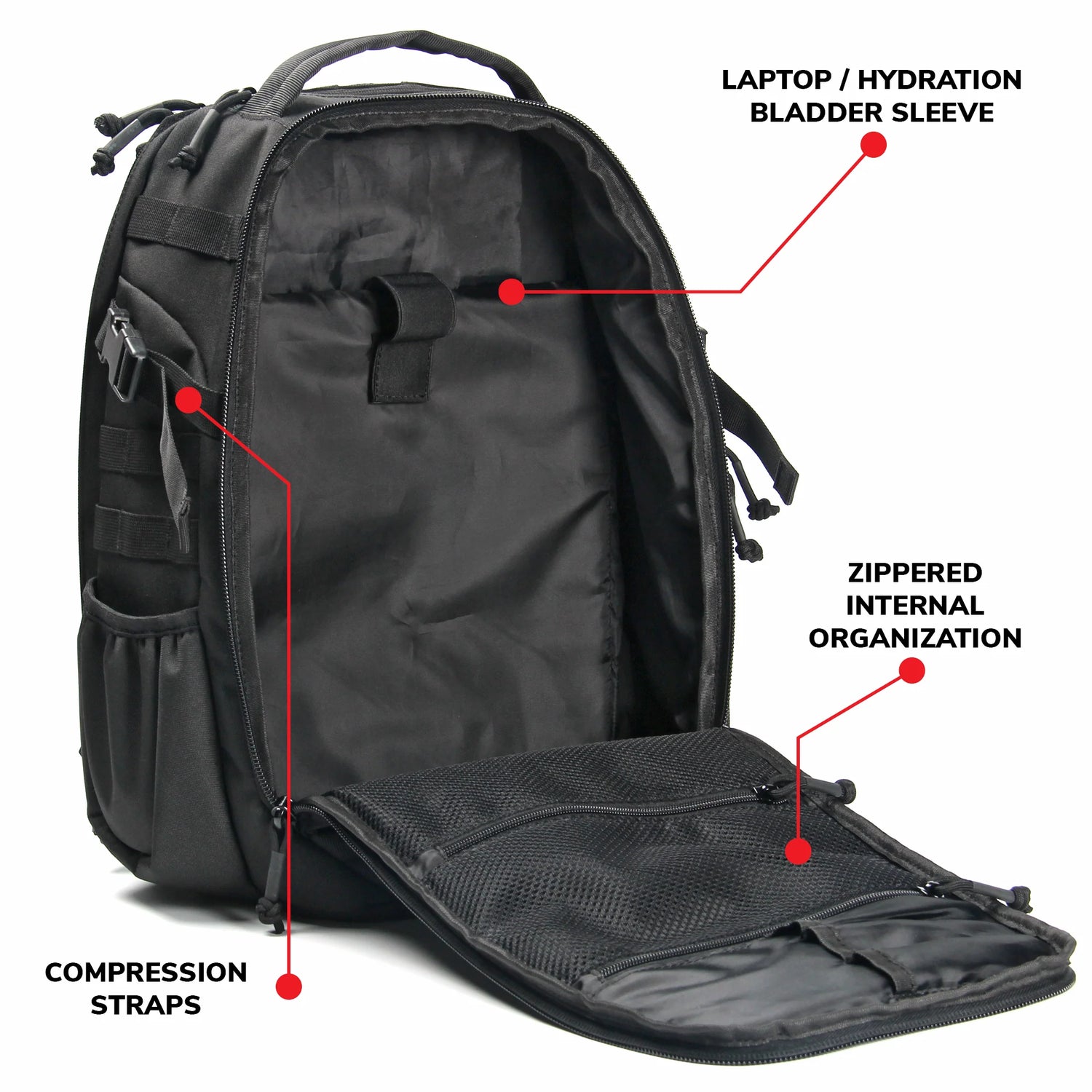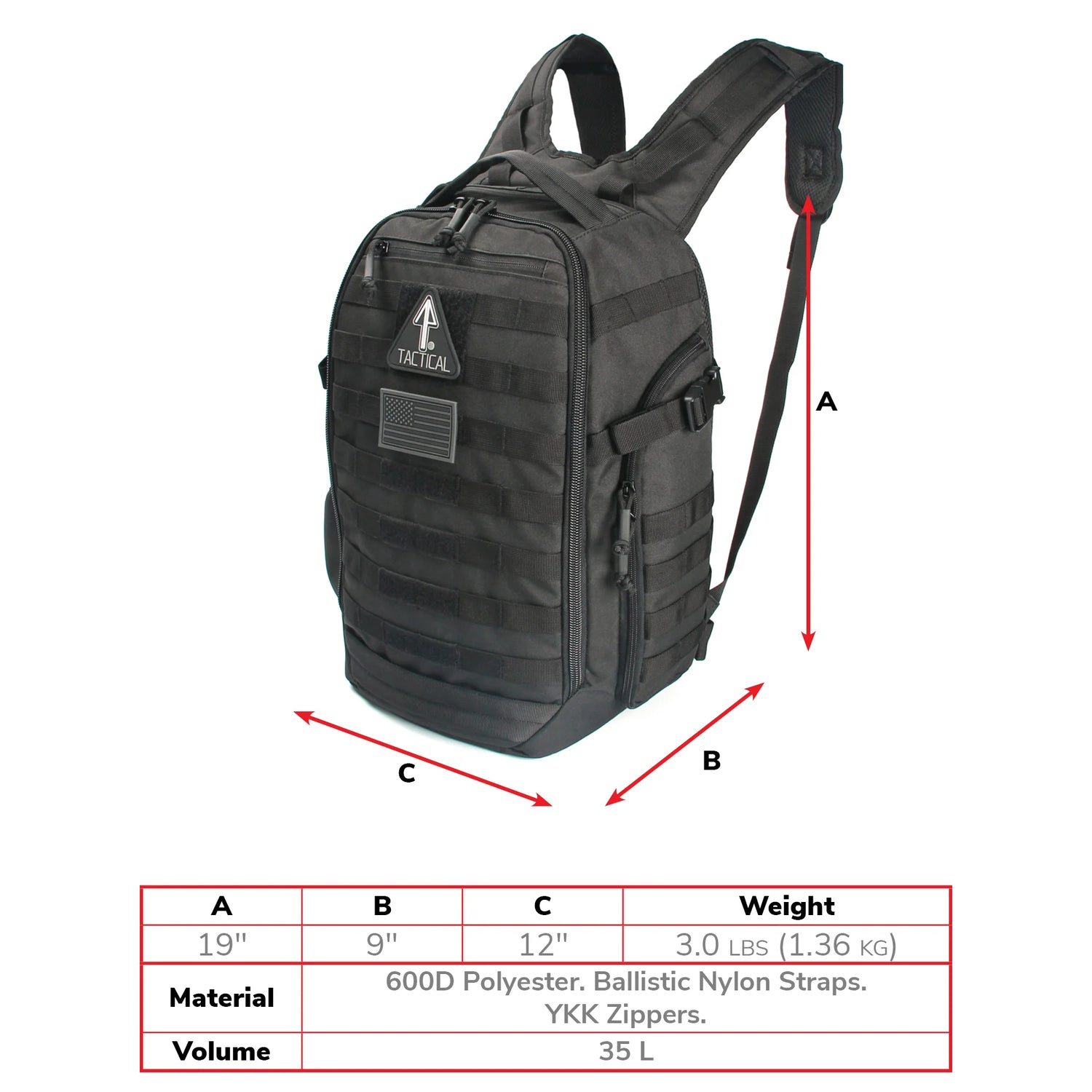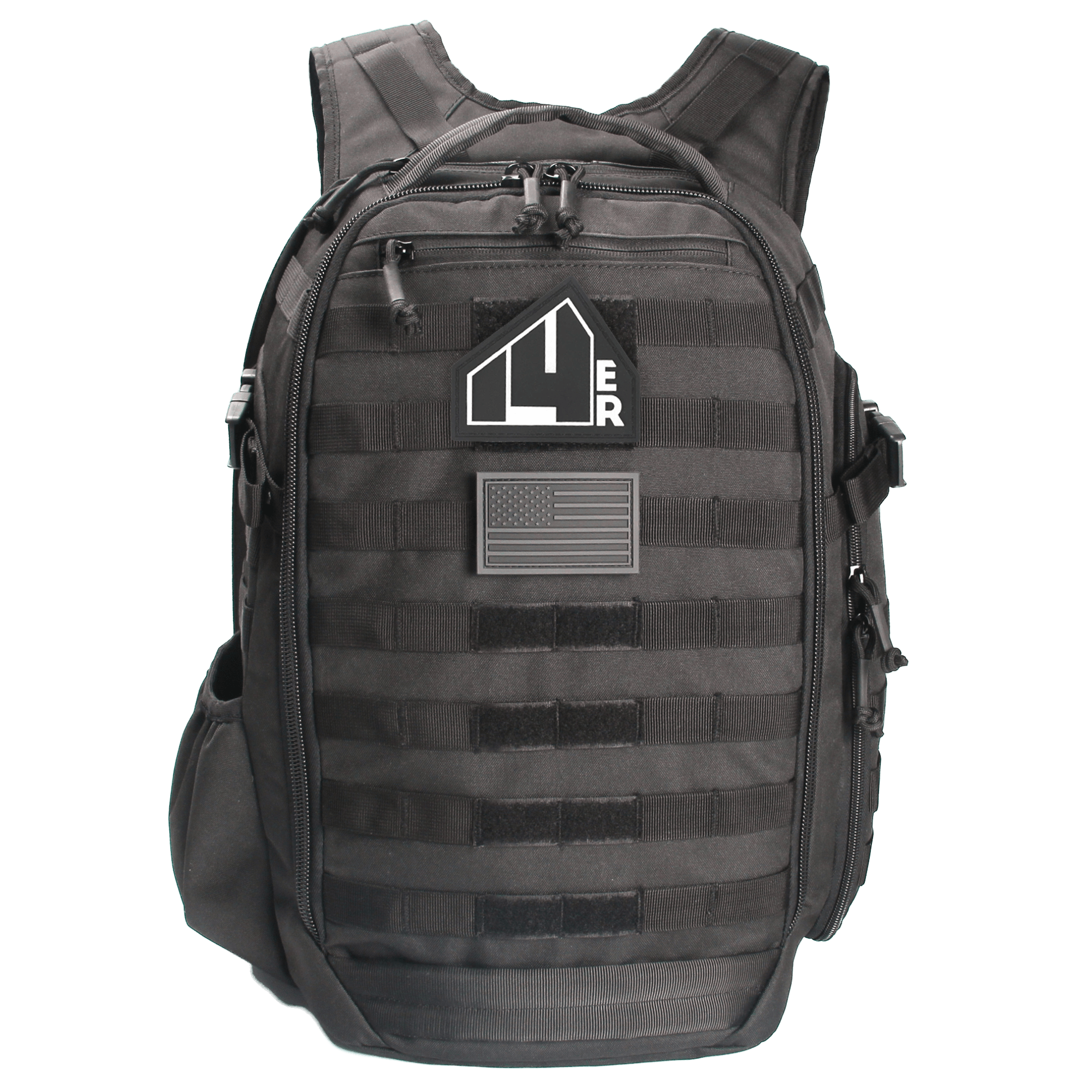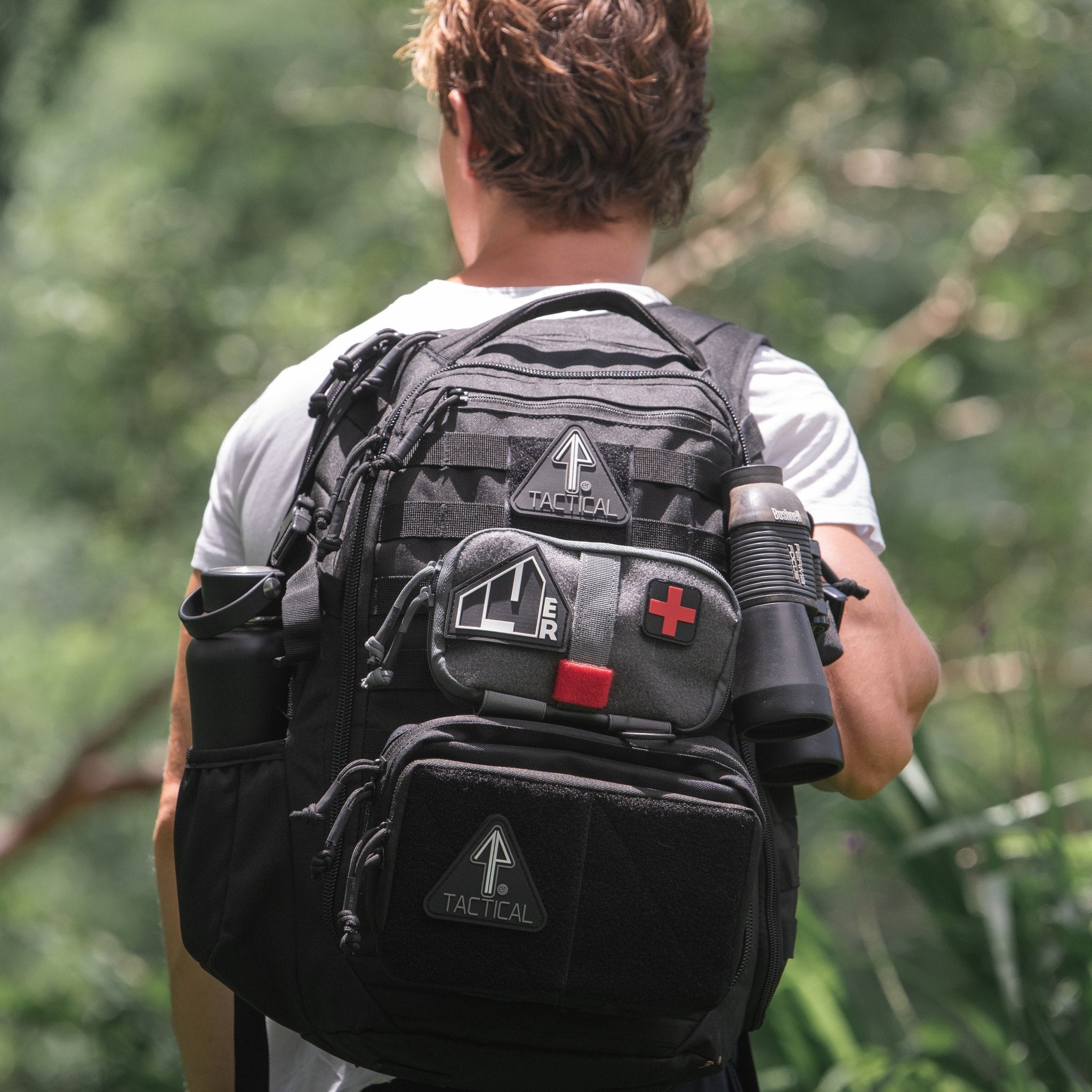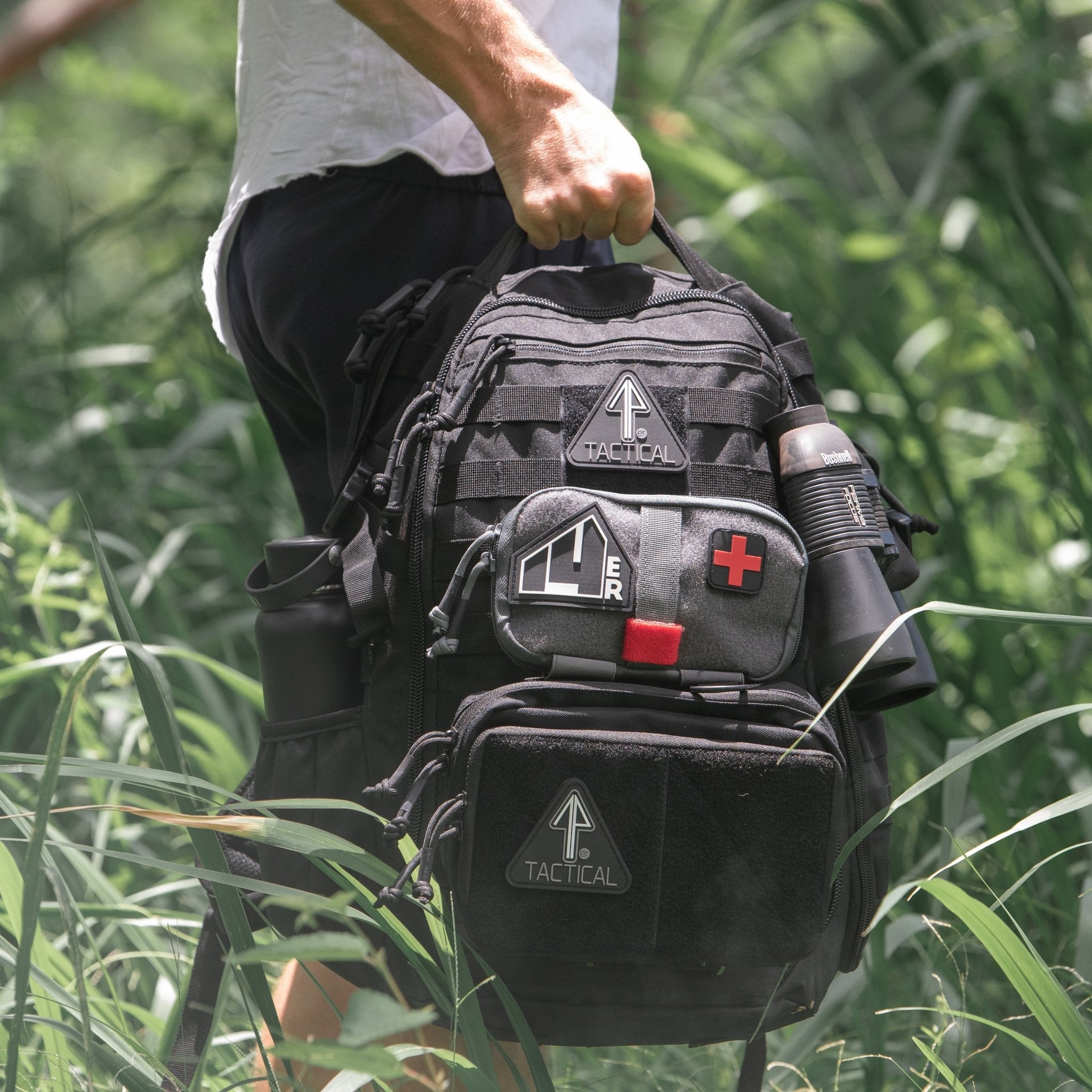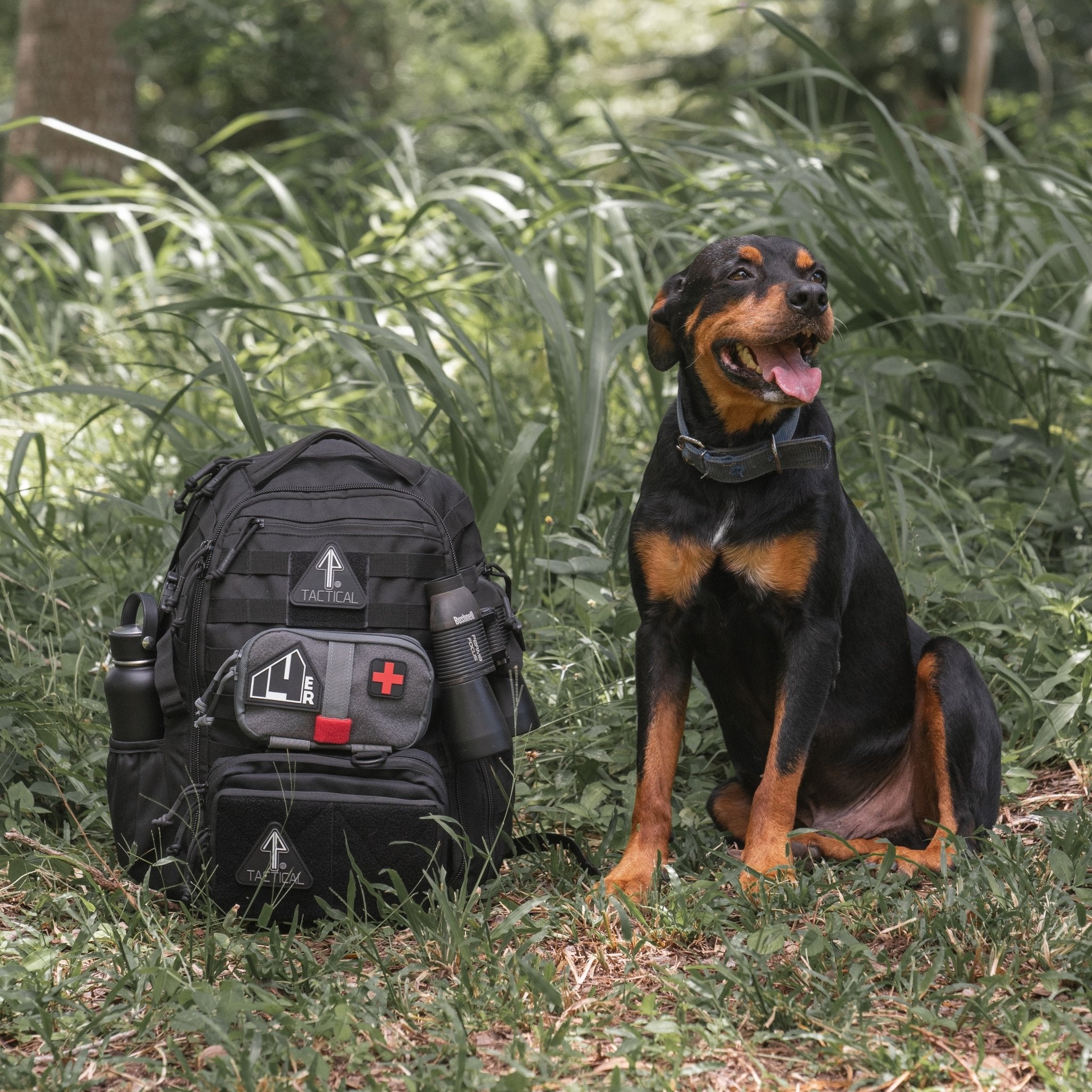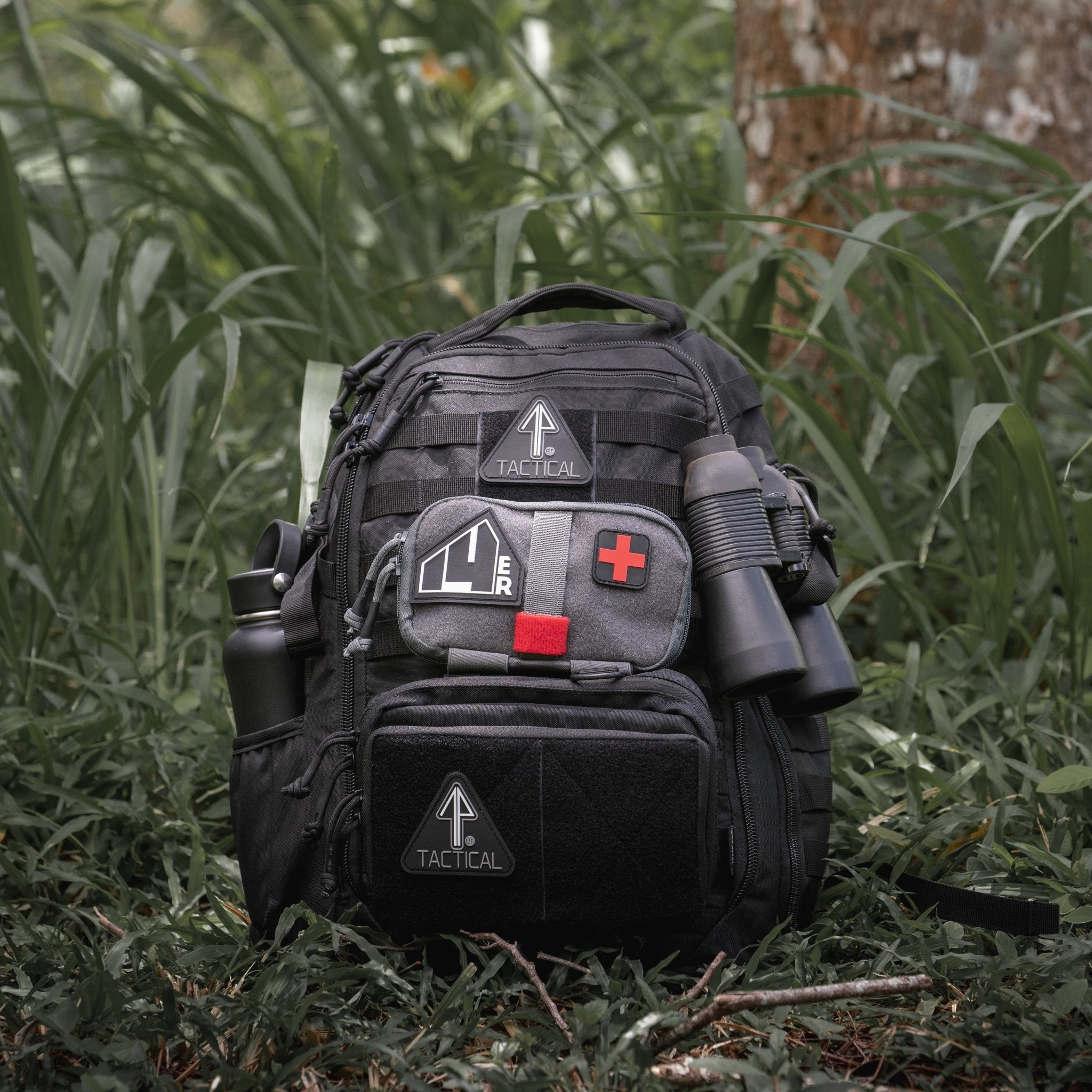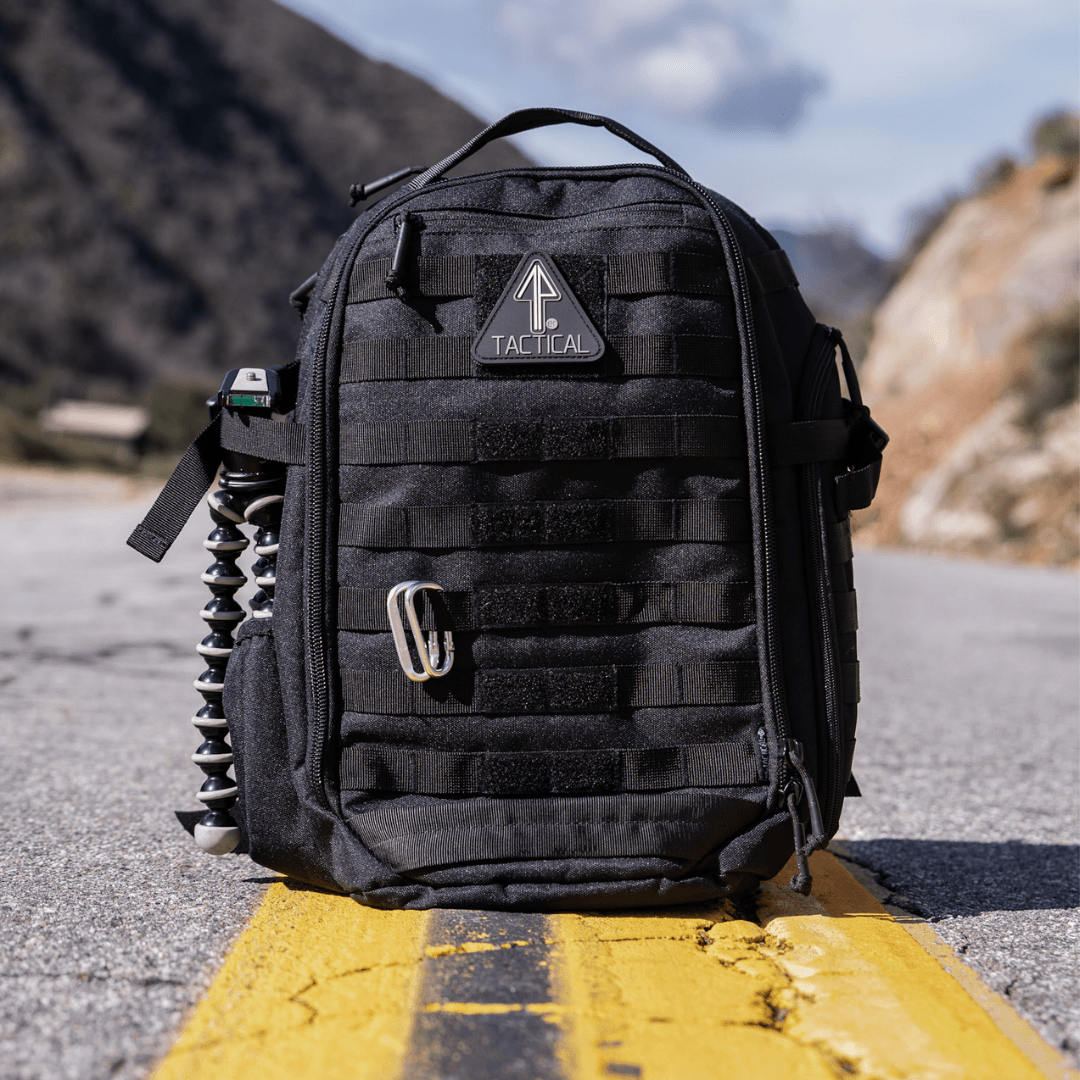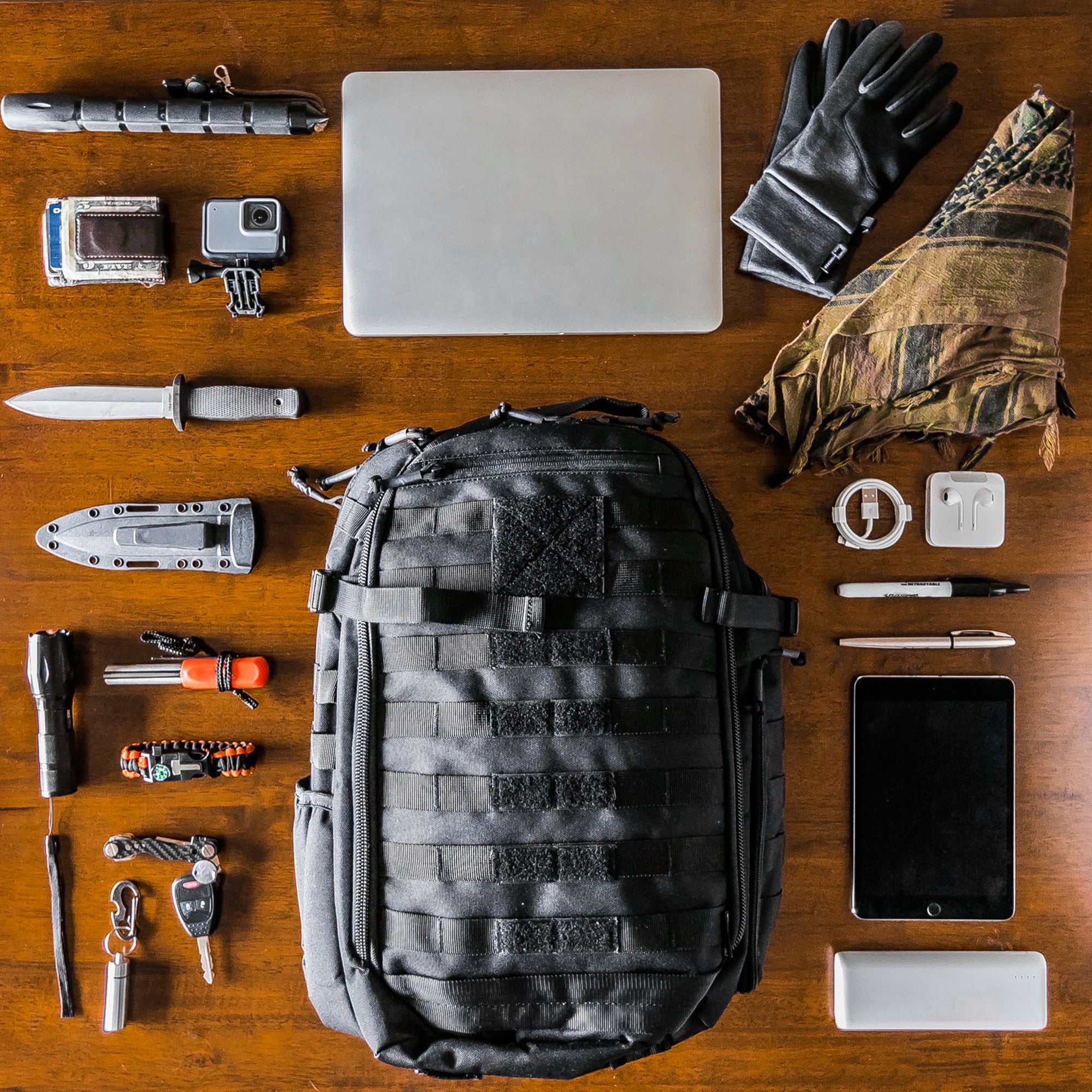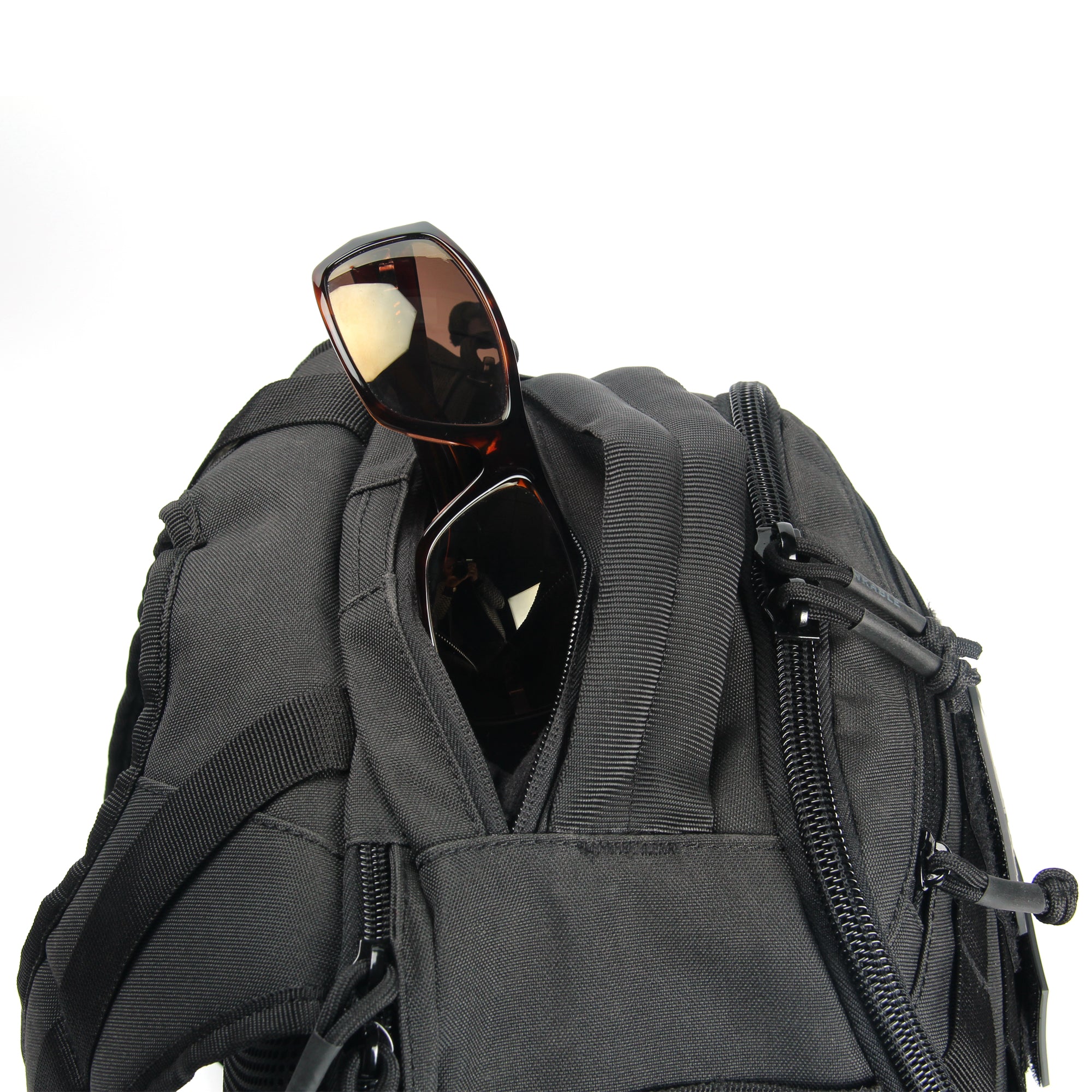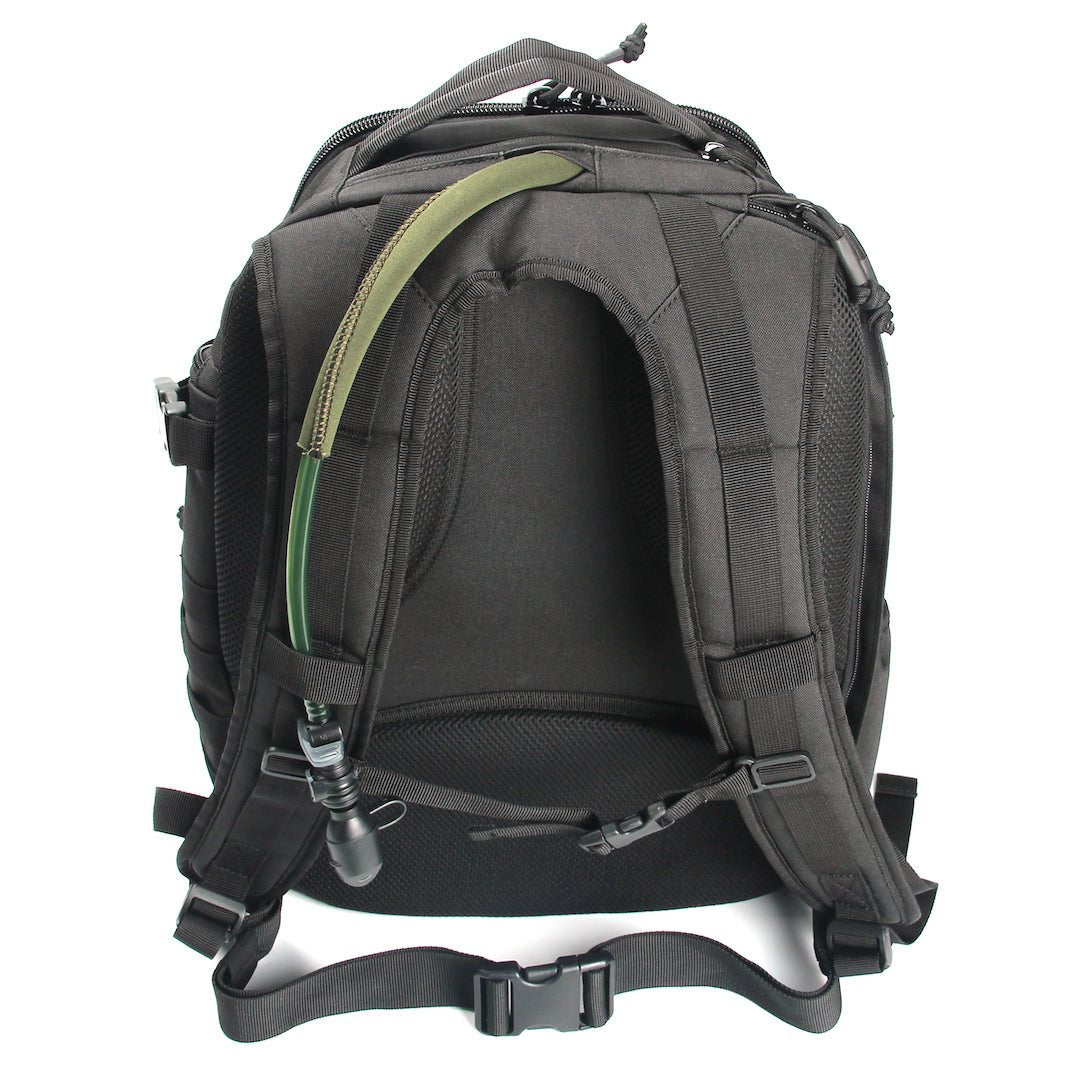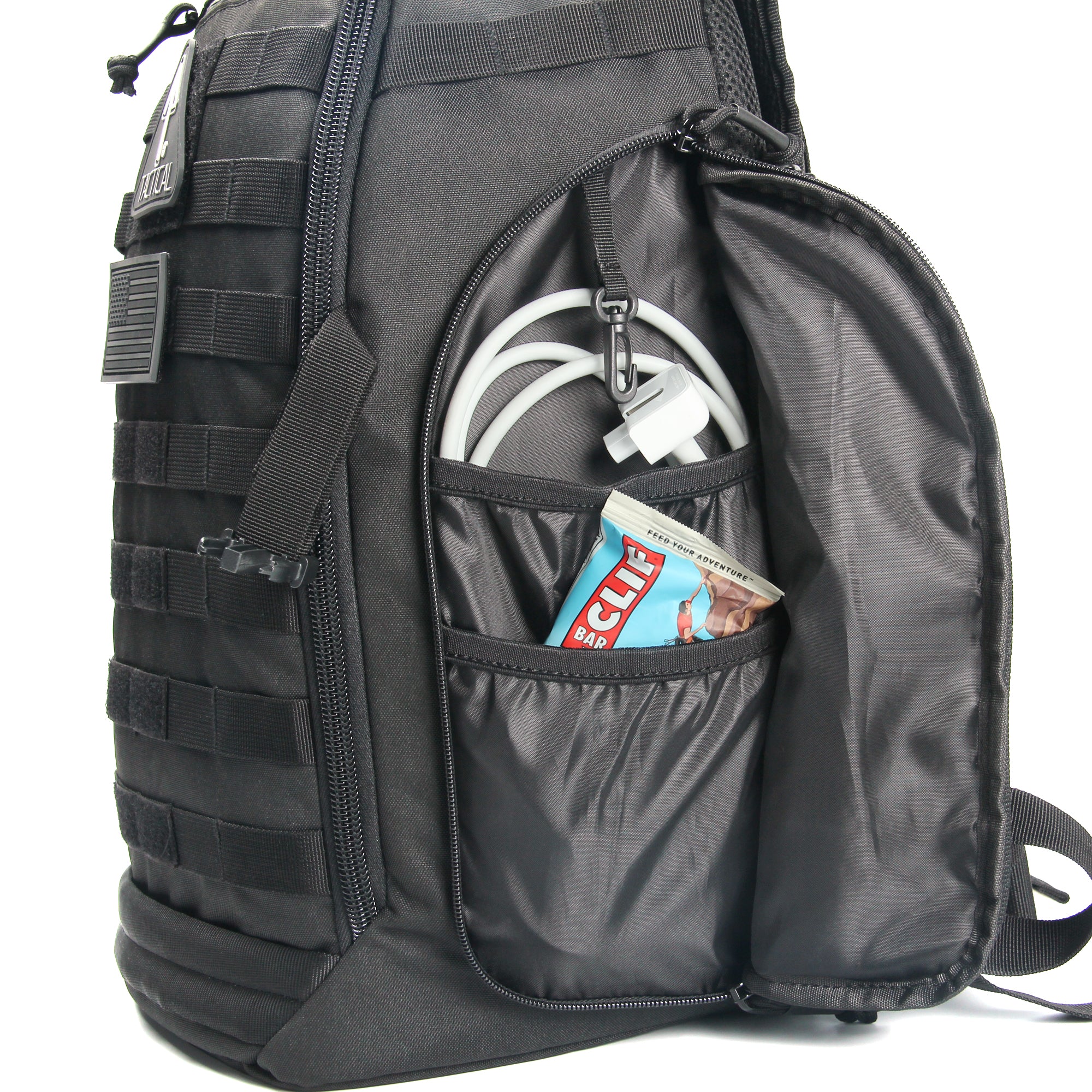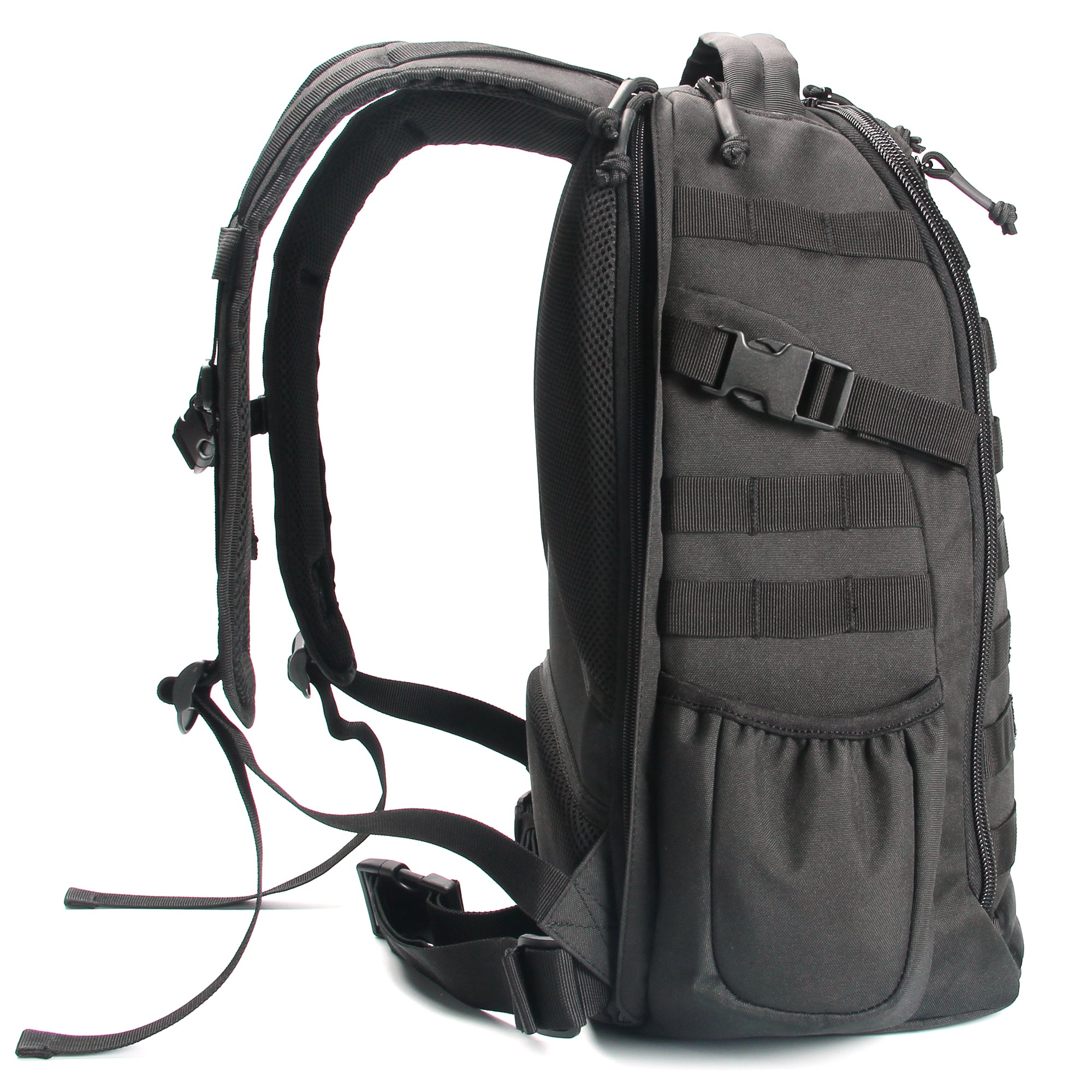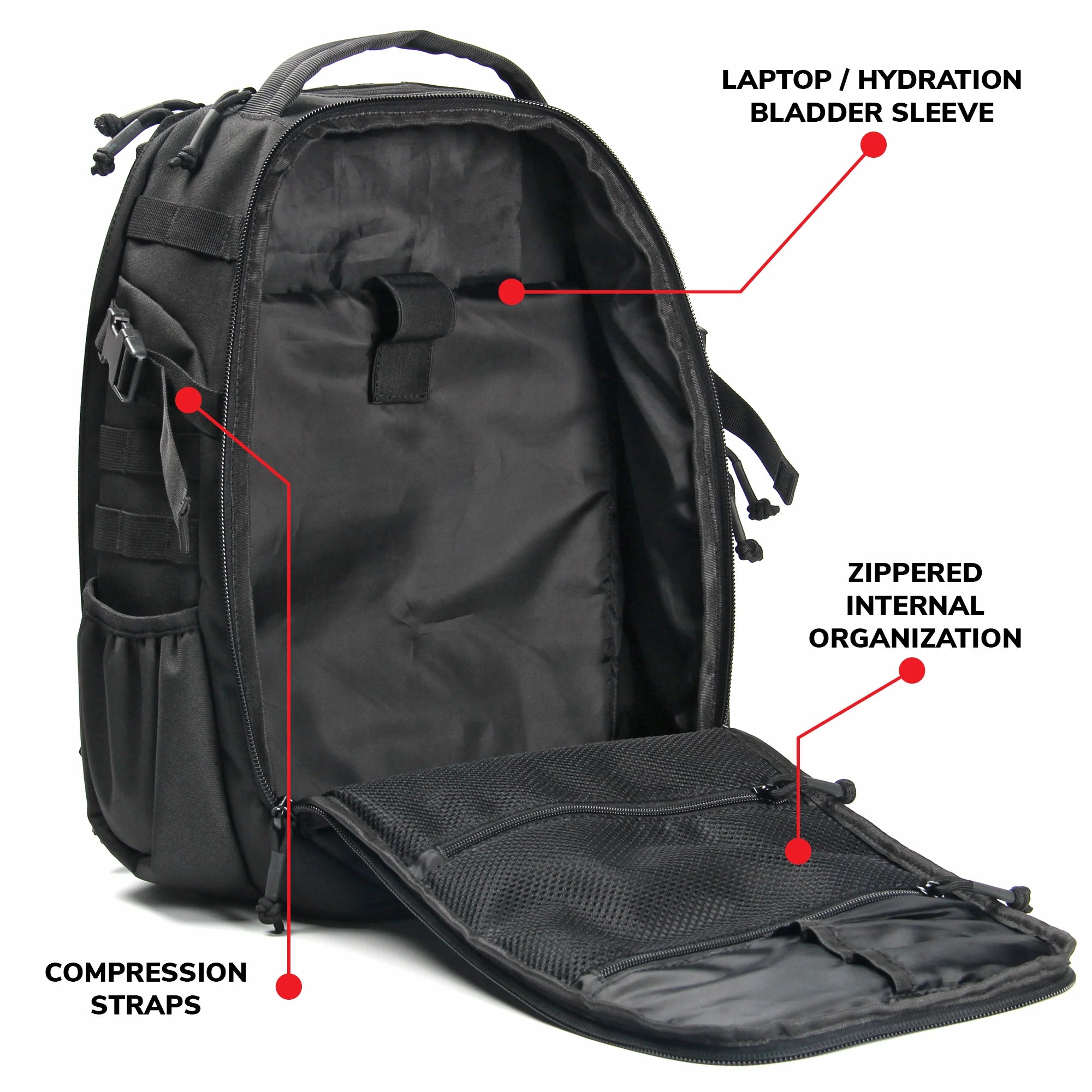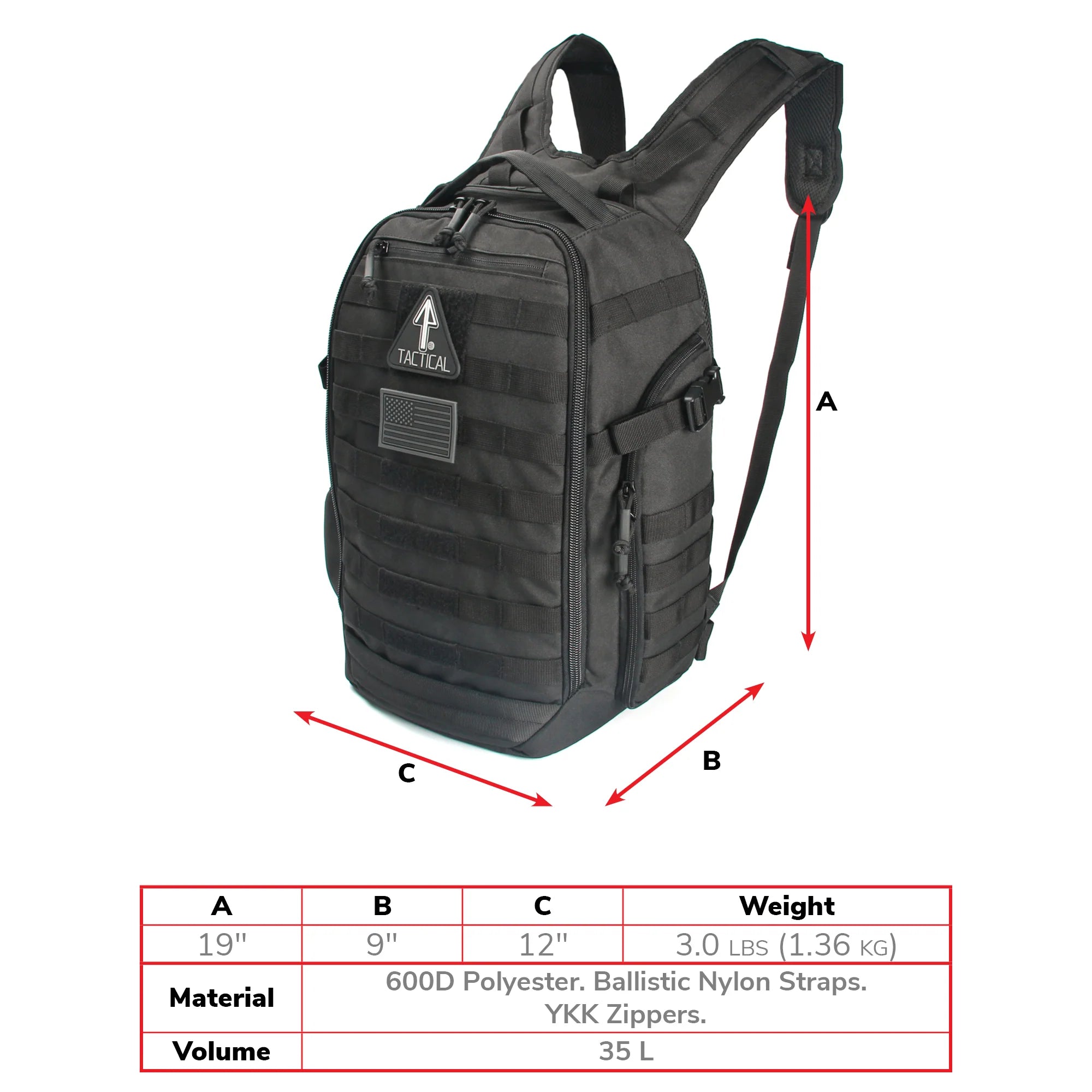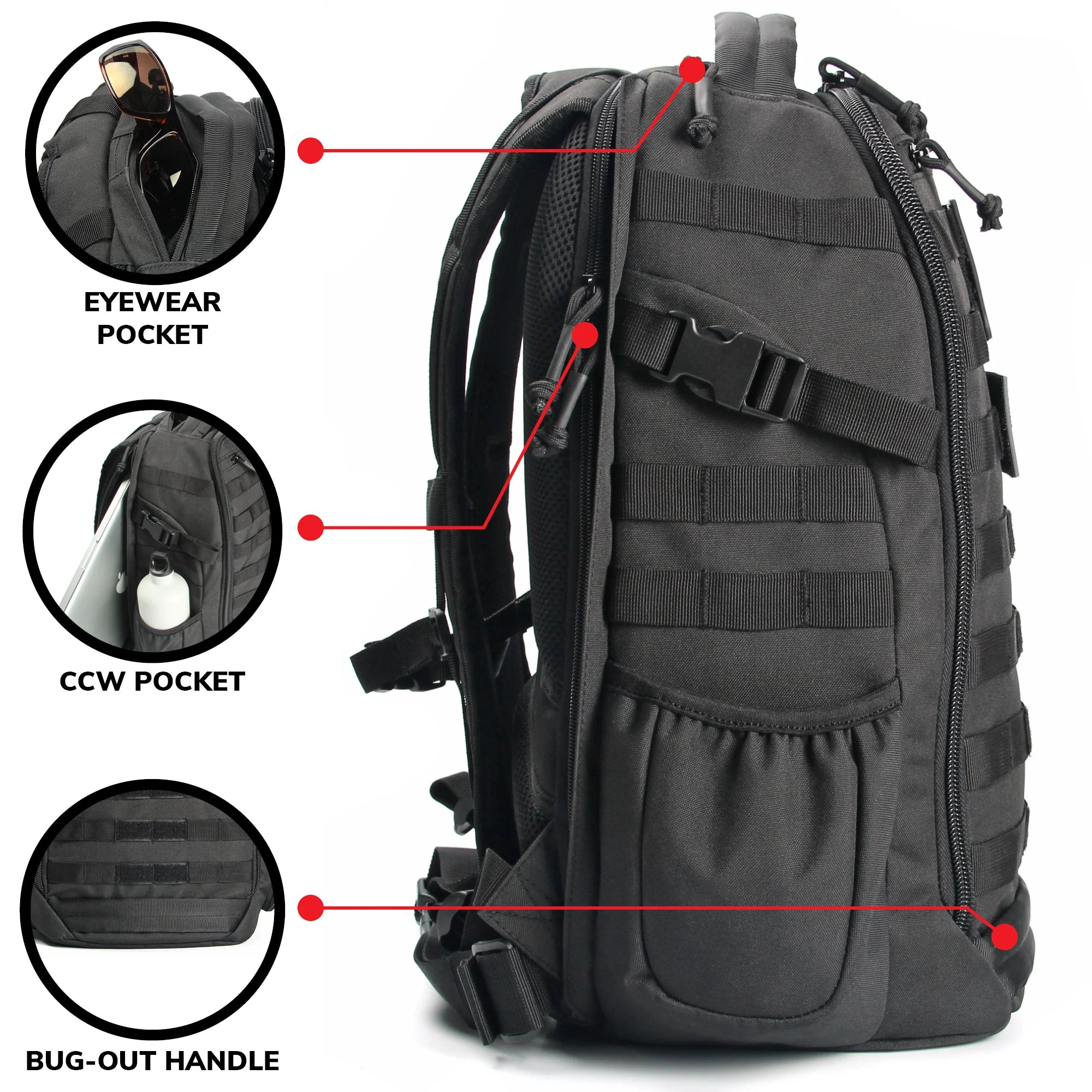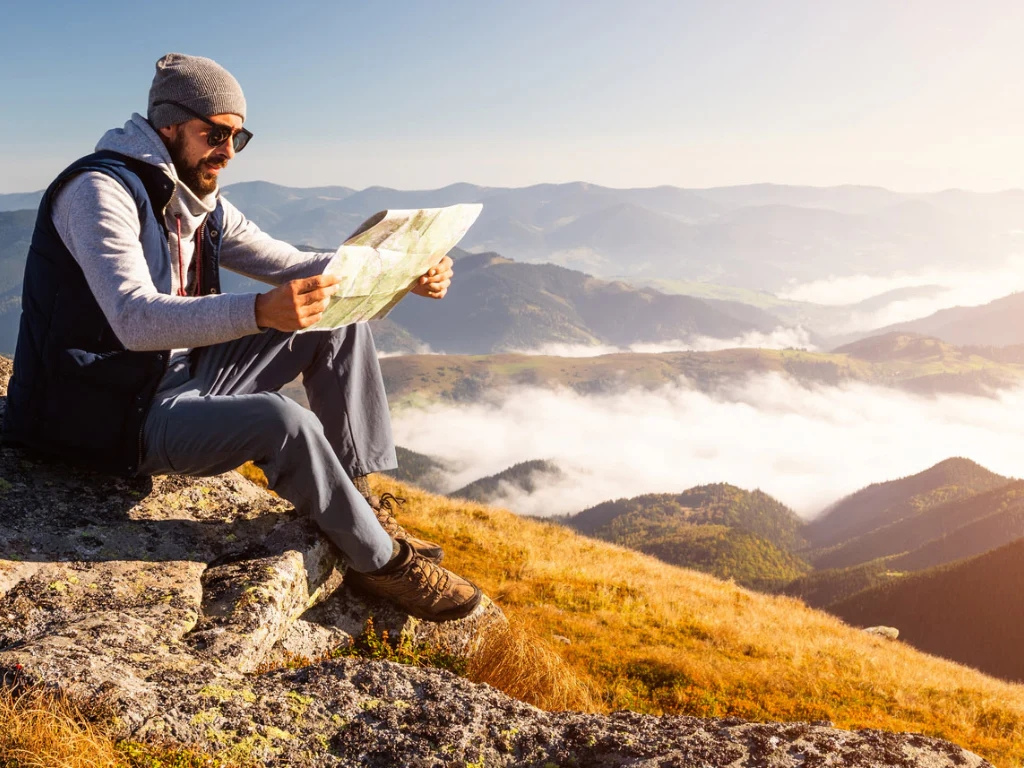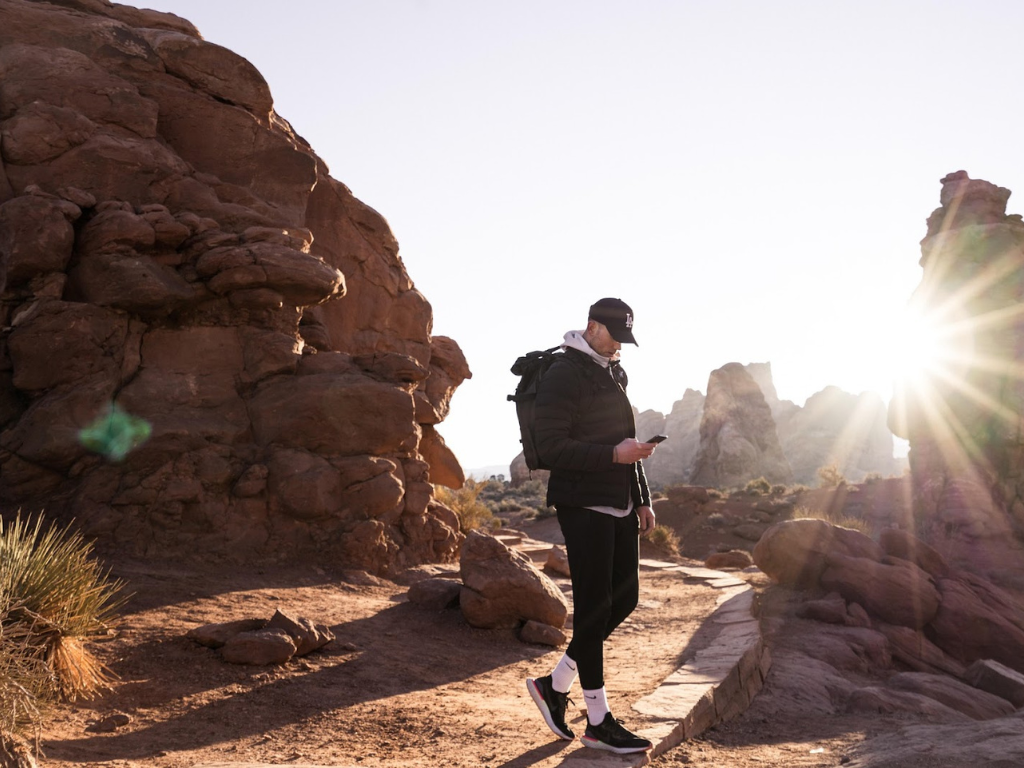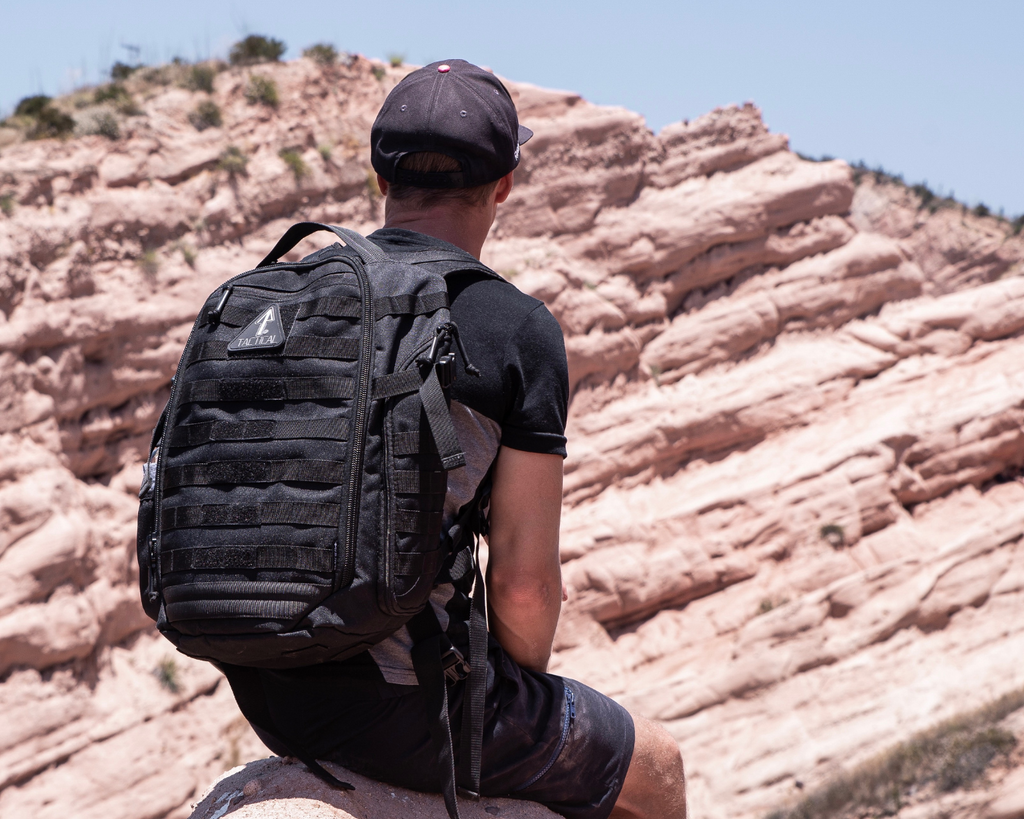
Hiking is one of the best pastimes there is. What other activity packs together exercise, adventure and enjoyment of the great outdoors? It even tests your tactical preparedness and survival skills. This is one worthwhile hobby, all right!
As avid nature trekkers, we know the feeling of letdown that comes after conquering a trail. The hike’s over and the mundane world beckons. It’s tempting to sling on that backpack and take on another adventure right away. There are so many places to explore! So many sights to see. Why not keep going?
Well, it’s a matter of listening to your body. You can’t be adventuring all the time. You’ve gotta carve out some time for recovery in between outdoor treks. That’s the only way the hobby is gonna be sustainable long-term.
Nutrition and Hydration Tips for Hikers
Among the most vital recovery techniques for hikers are the preparations you can make before the hike ends. You can start gearing up for recovery even in the middle of your trek! Basically, this means conditioning your body so that it will be receptive to recovery efforts.
Much of this comes down to taking good care of yourself during the hike. Don’t over-exert yourself and don’t expose yourself to undue physical stress. Be sure that you are getting proper amounts of water and nutrients. Start your hike with a fully filled water bottle and carry water filtration and purification systems just in case you need to refill. Bring snacks and consume them at regular intervals. Once an hour should work fine. You can take nutritional supplements for hiking if you want to ensure that your body is absorbing the right types of nutrients.
In addition, consuming protein before a hike can help you recover faster. The amino acids within protein are instrumental to repairing and rebuilding muscle tissue.
After hiking, fitness experts suggest drinking tart cherry juice. This beverage has been shown to promote muscle recovery and combat soreness, although its health effects are not fully understood.

Post-Hiking Recovery Plan: Doing Post-Hike Recovery Exercises
We strongly recommend setting aside time for recovery exercises after a hiking trip. Cooling down will help you ease acute muscle soreness after hiking, and can prevent cramps and other issues. As you reach the end of the trail, slow down and let your normal walking pace become much more relaxed. This helps your body transition from hiking mode to rest mode, which is more beneficial than an immediate switch.
Hiking cool down exercises will facilitate muscle recovery. At least 15 minutes of stretching is what we’d recommend. If you have a partner, you can help each other do stretches, but they are simple enough to do on your own as well. If you work out regularly, you probably have a stretching routine already. You can follow the same routine for your post-hike recovery exercises.
We do recommend including the following exercises for your post-hike stretching routine: butterfly stretch, quadriceps stretch, calf stretch, shoulder stretch and knee to chest stretch.
Improving Hiking Recovery Time: Compression Clothing for Recovery
Your post-hiking recovery plan should include putting on compression socks after completing a hike. Keep them on for several hours of relaxation. Don't wear these socks during exercise, though! They should only be worn after you're done with exercise and exertion.
Using compression clothing for recovery can reduce muscle fatigue. With socks, you will experience compression of the foot and calf. This is designed to facilitate the elimination of lactic acid in your muscles. They can ease muscle recovery and reduce the feeling of having "heavy legs."
Compression socks can provide relief for swollen feet caused by hiking exertion. You can support further recovery by resting with your feet well elevated. The benefits of elevation for swollen feet include better blood circulation, reduced inflammation and improved blood pressure in the affected area.

Improving Hiking Recovery Time: Foam Rolling for Hikers
Massage can prove very effective at relieving muscle soreness after hiking. You don’t need to go to a massage therapist, either! Invest in a handy foam roller and you’re all set! Foam rolling will soothe tense muscles and promote rich blood flow. If you find that a certain muscle area is very tender, avoid foam rolling directly on that area. Instead, slowly roll on an area a few inches apart from it.
Foam rolling is not the only way to practice self-myofascial release for hikers. If you don’t have a roller, you can actually get similar results using a lacrosse ball. Or a tennis ball! It’s certainly trickier to handle, but it can get the job done. If you’re putting together hiking recovery gear, you can include the rollers or balls, plus a pillow and a couple of yoga blocks.
Hiking Recovery Gear: Cold Therapy for Muscle Recovery
You can speed up your post-hike recovery through warm and cold treatments. This will require some equipment: ice packs in the case of cold therapy for muscle recovery. Ice packs can reduce pain coming from muscle soreness after hiking. The packs are also very good for soothing inflammation.
You can make a DIY ice pack if you don’t have one. Just gather some ice cubes and fit them into a plastic bag. Take a washcloth, soak it in cold water and wrap it around the bag of ice. That’s a homemade cold compress! Apply it to the affected body area for up to 20 minutes. If you’re experiencing bruising or inflammation, you should apply the cold compress as soon as possible after hiking.
Hiking Recovery Gear: Heat Therapy for Muscle Relaxation
You can’t always count on having a cold compress available immediately after your hike. In the outdoors, it can be tricky to make something cold without the proper resources. Warming something up is generally a lot simpler. Fortunately, heat therapy for muscle relaxation is a viable technique.
A warm compress can increase blood flow in an area, bringing revitalization. You should avoid applying warmth to inflammation, though. The additional heat can cause it to get more inflamed.
Heat therapy can deal with delayed onset muscle soreness from hiking. At that point, a cold compress might not be the best option. A warm compress or a warm bath can soothe the aches and pains, boost circulation and relax your muscles (preventing spasms).

Advanced Hiking Recovery Methods: Yoga Poses for Hikers
Yoga is an ancient practice that remains popular today, for good reason. It fosters mindfulness while also developing one’s core strength, muscle control, flexibility and poise. Yoga has therapeutic benefits as well! It relaxes both mind and body, allowing you to better manage pain and stress, and reducing muscle tension.
We count yoga as one of the more advanced hiking recovery methods, as it takes proper training to apply it. You can always start learning it as you’re adopting recovery techniques for hikers!
Here are a number of yoga poses for hikers to try when recovering: legs up the wall, downward dog, cat/cow pose, supine spinal twist, butterfly pose and reclining pigeon pose.
More Hiking Fitness Tips for Tactical Pros
In addition to post-hike exercise for recovery, fitness practices can improve your overall performance on outdoor adventures. This will lead to a better hiking experience: more rewarding, less stressful, less demanding of recovery.
Here are several articles that can guide you in getting fit for the trail:


